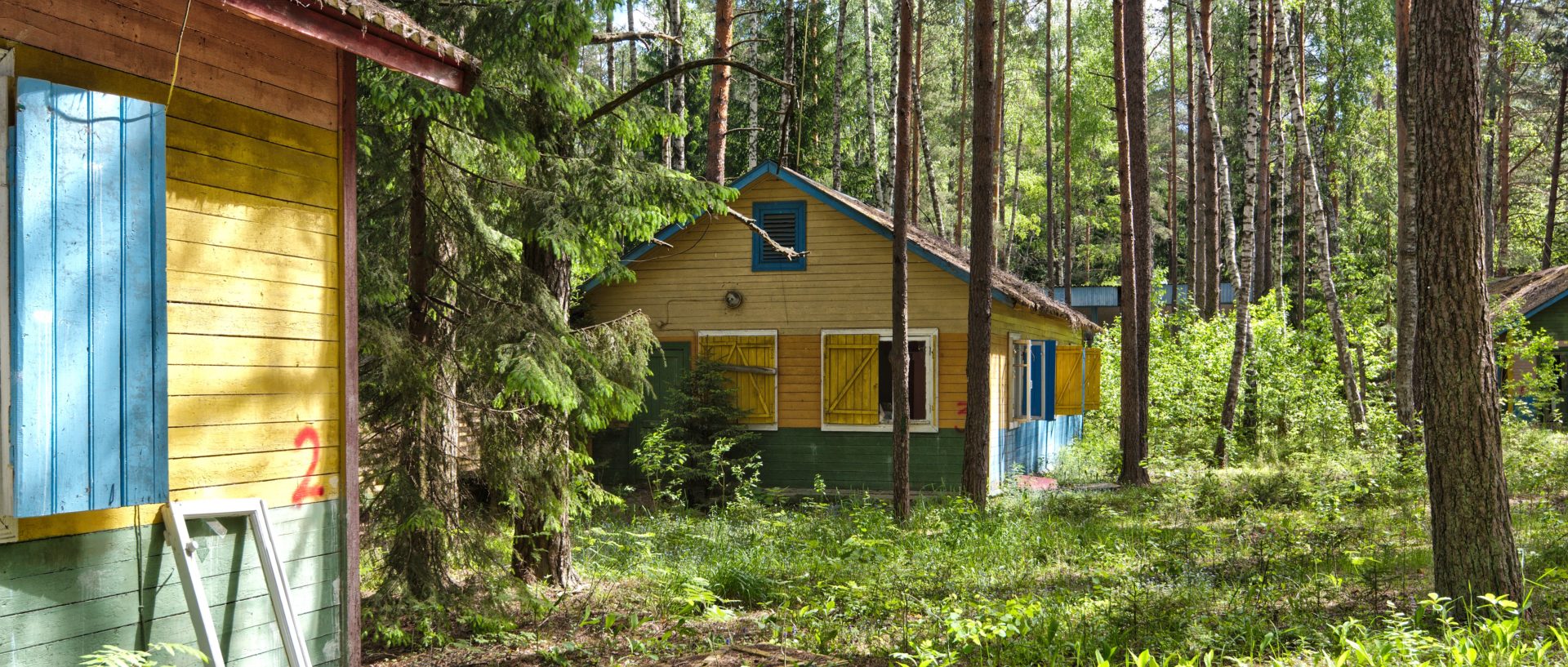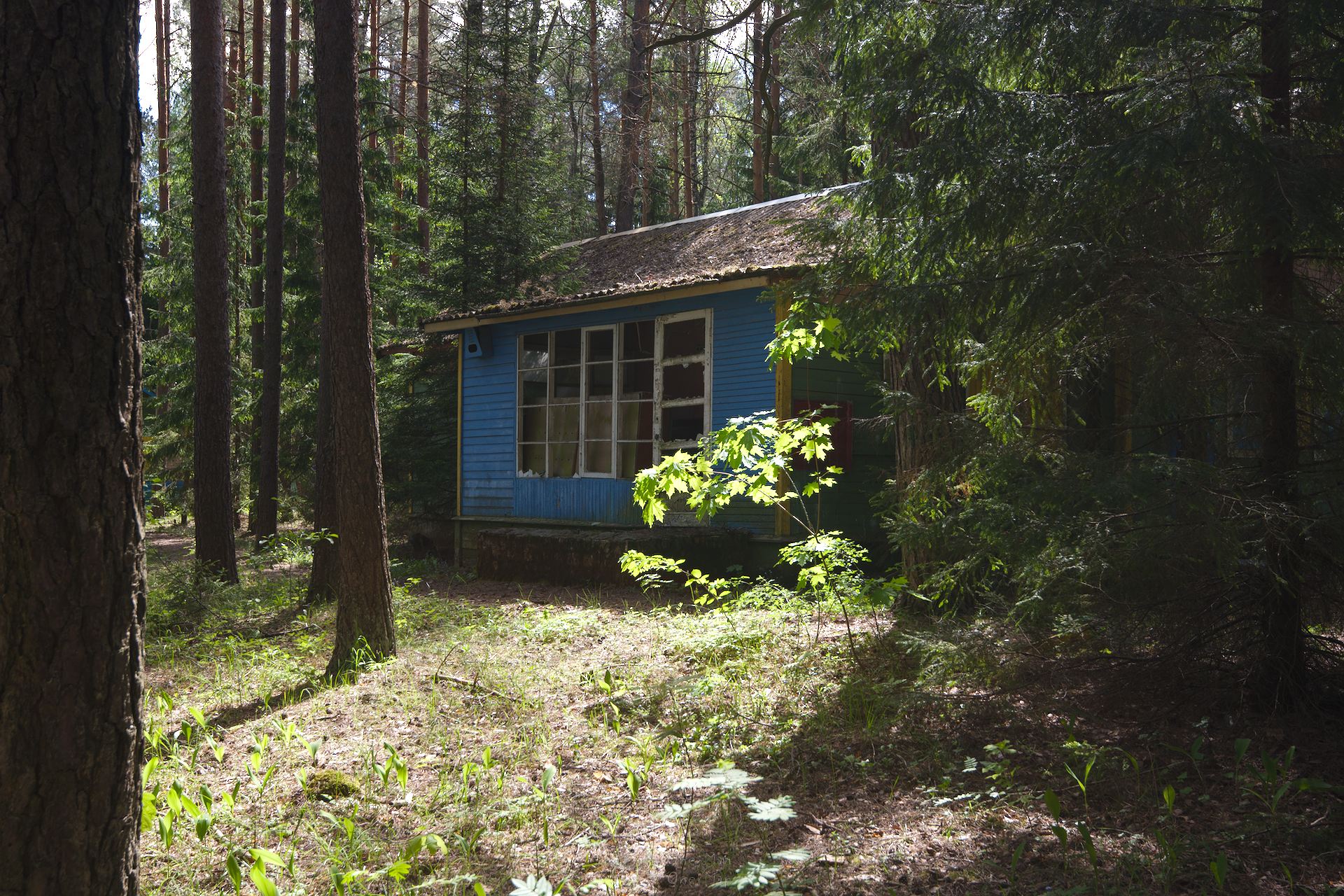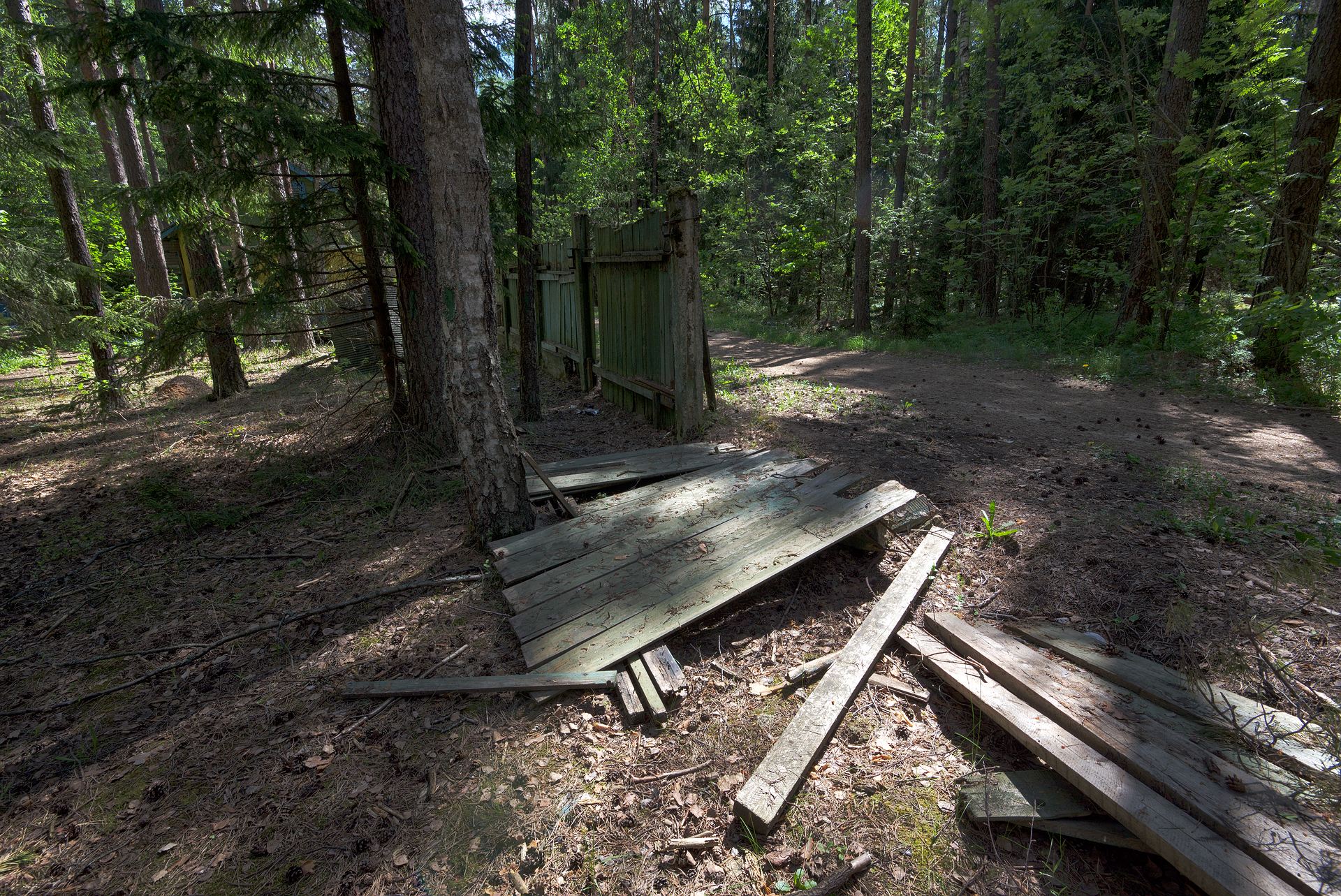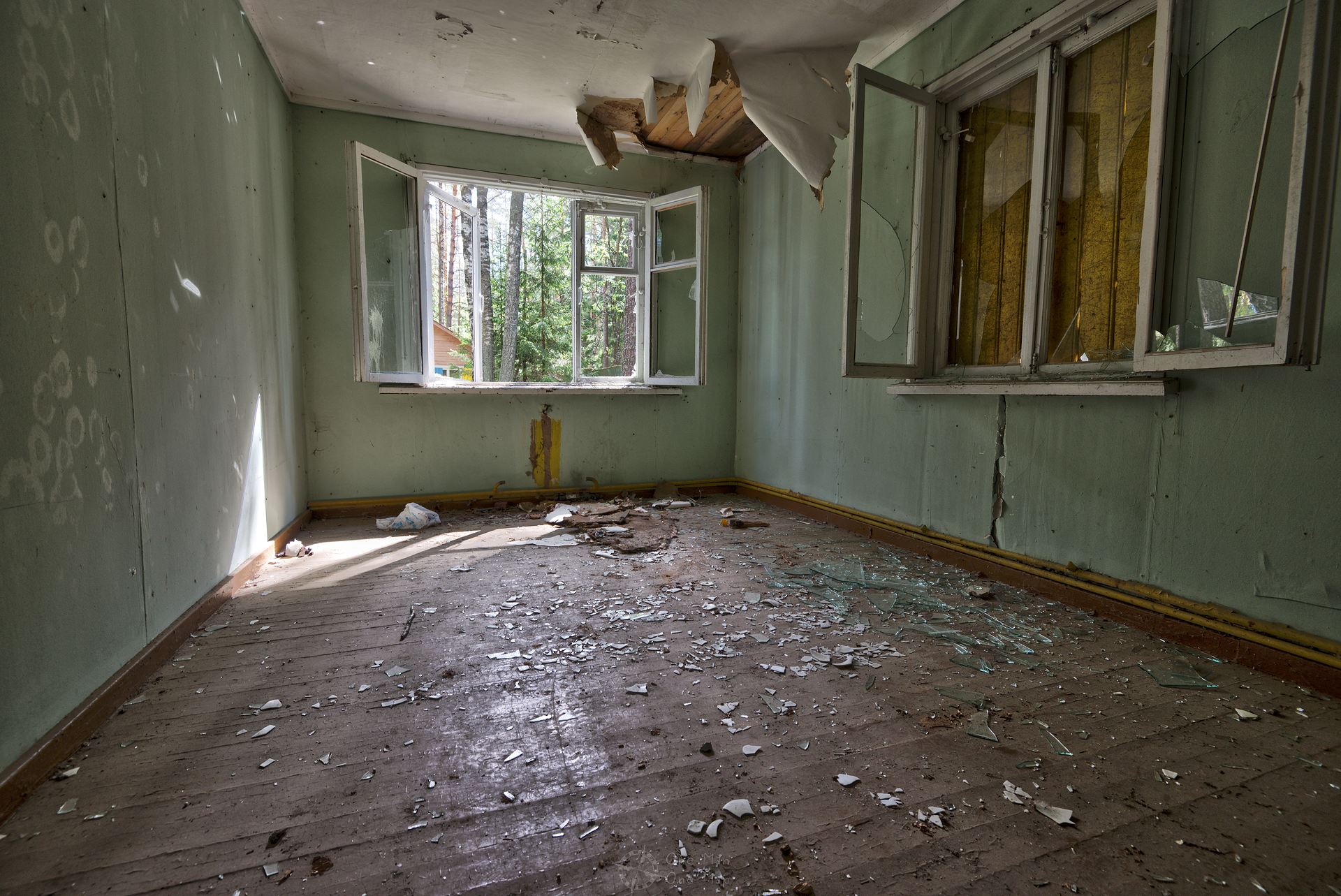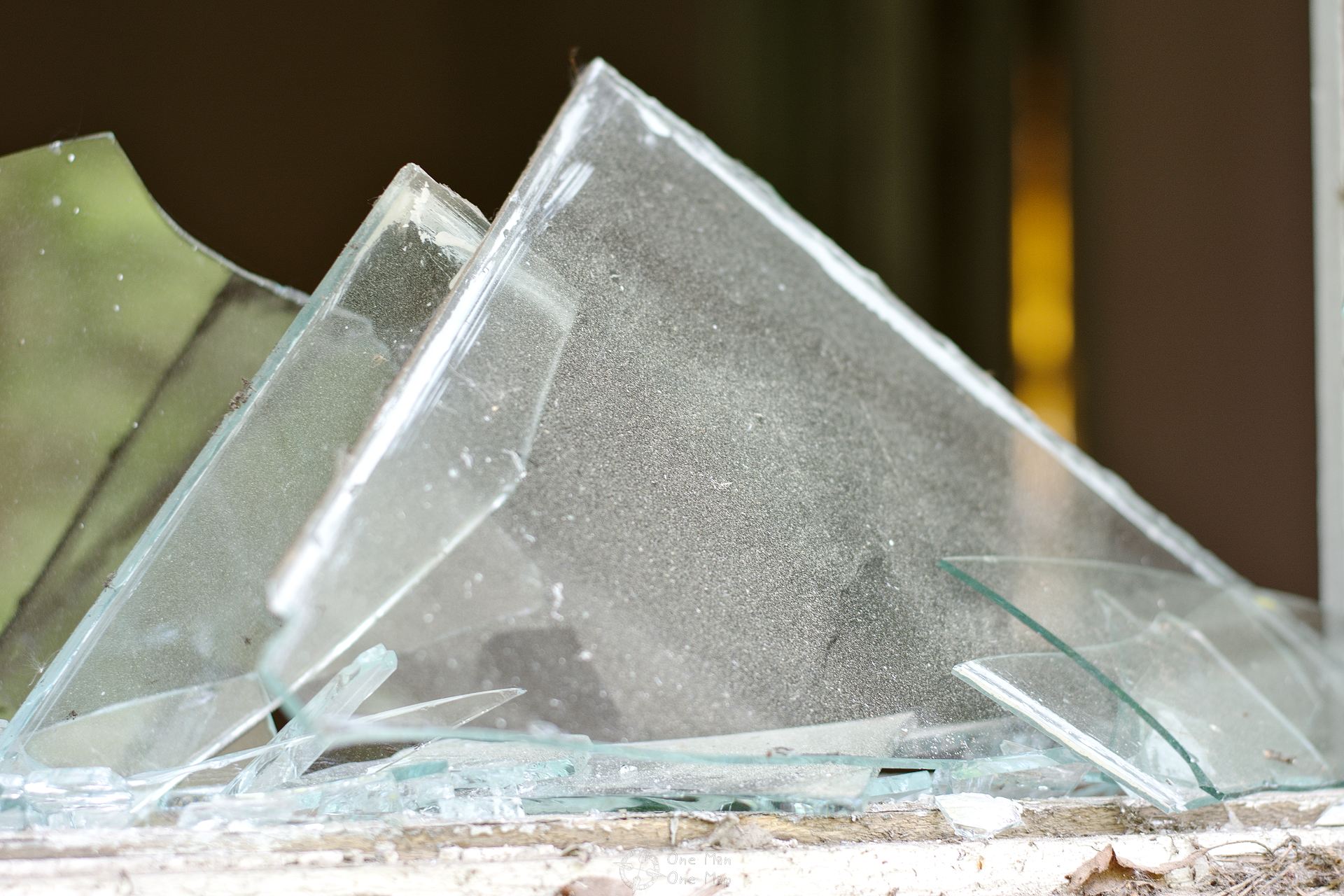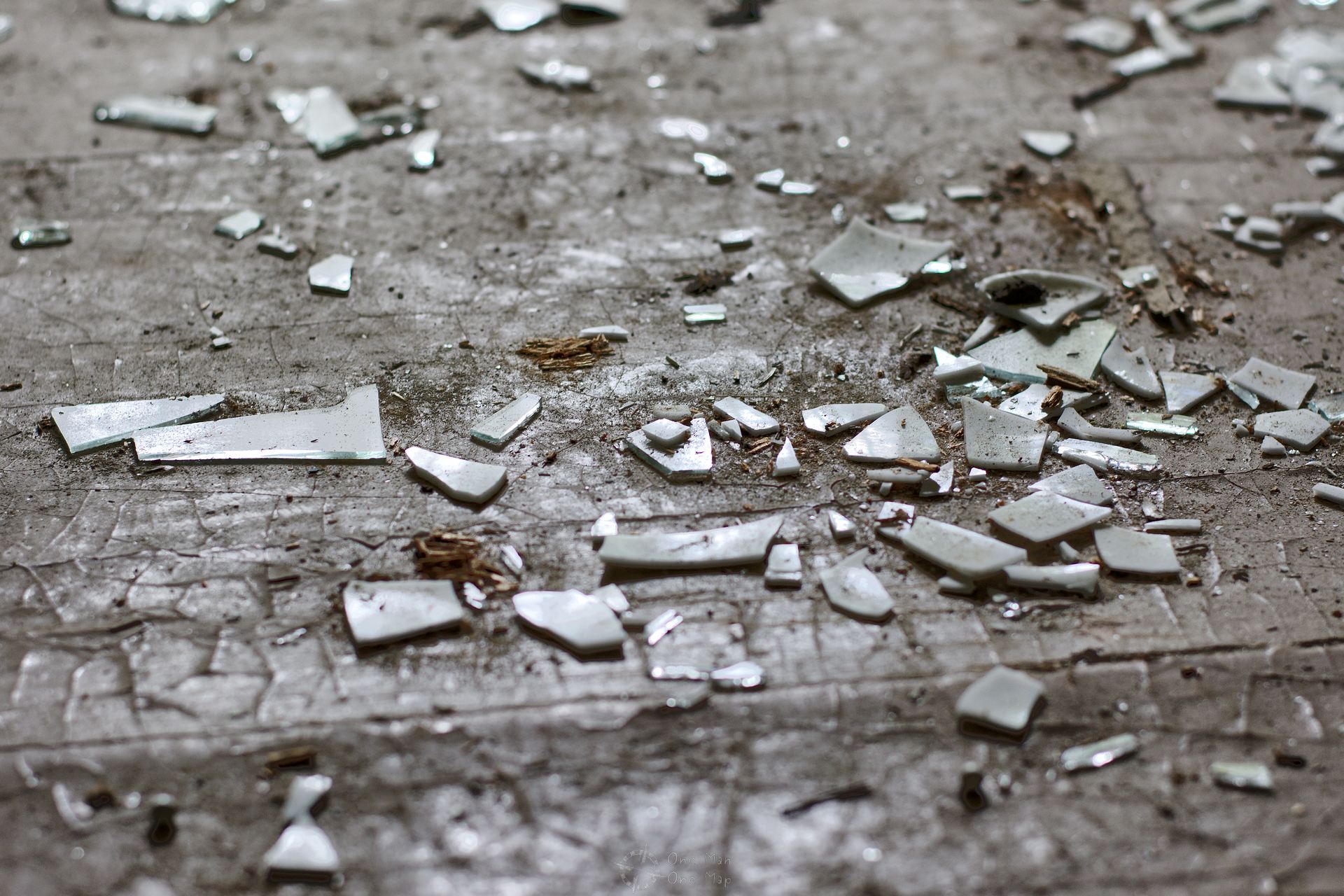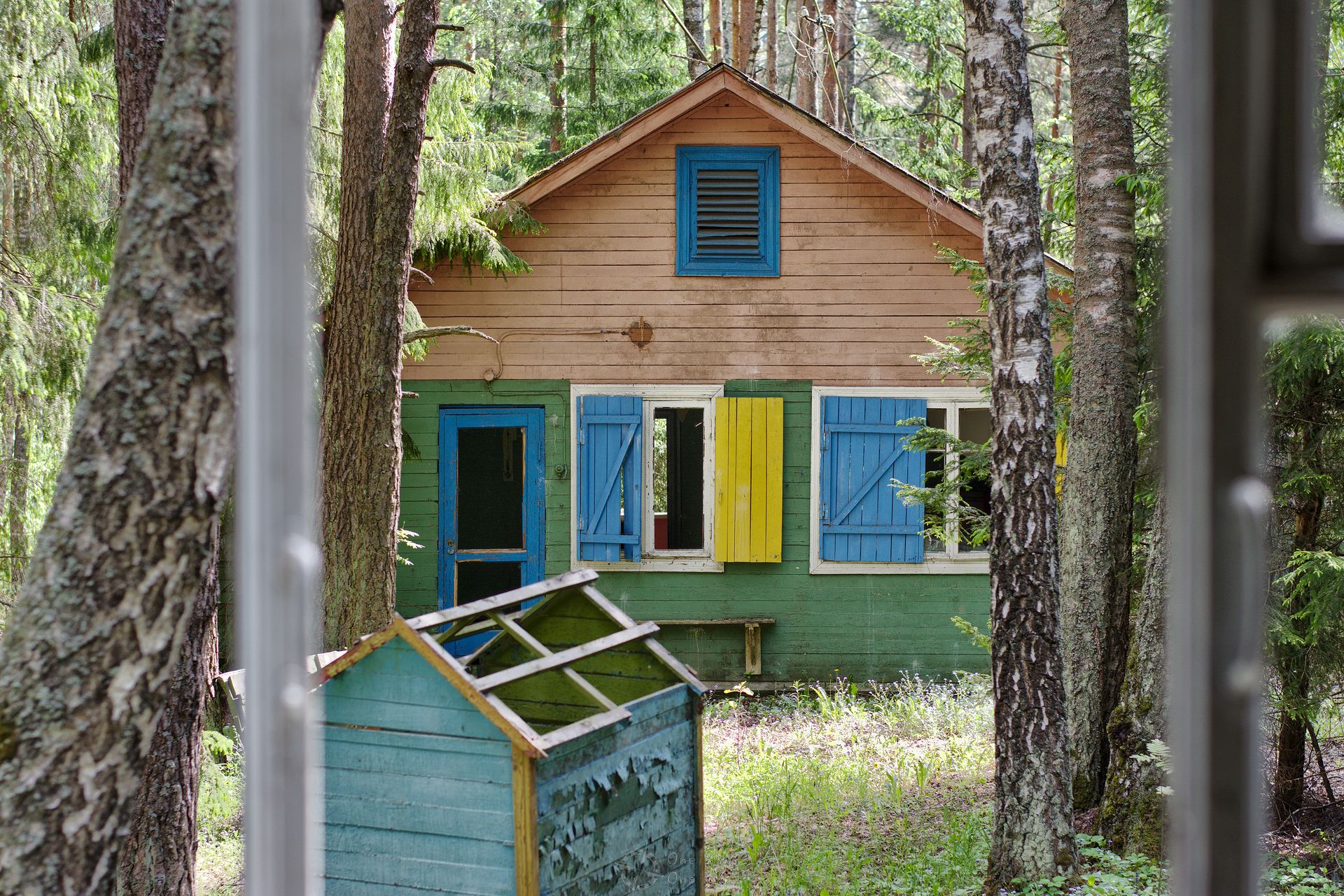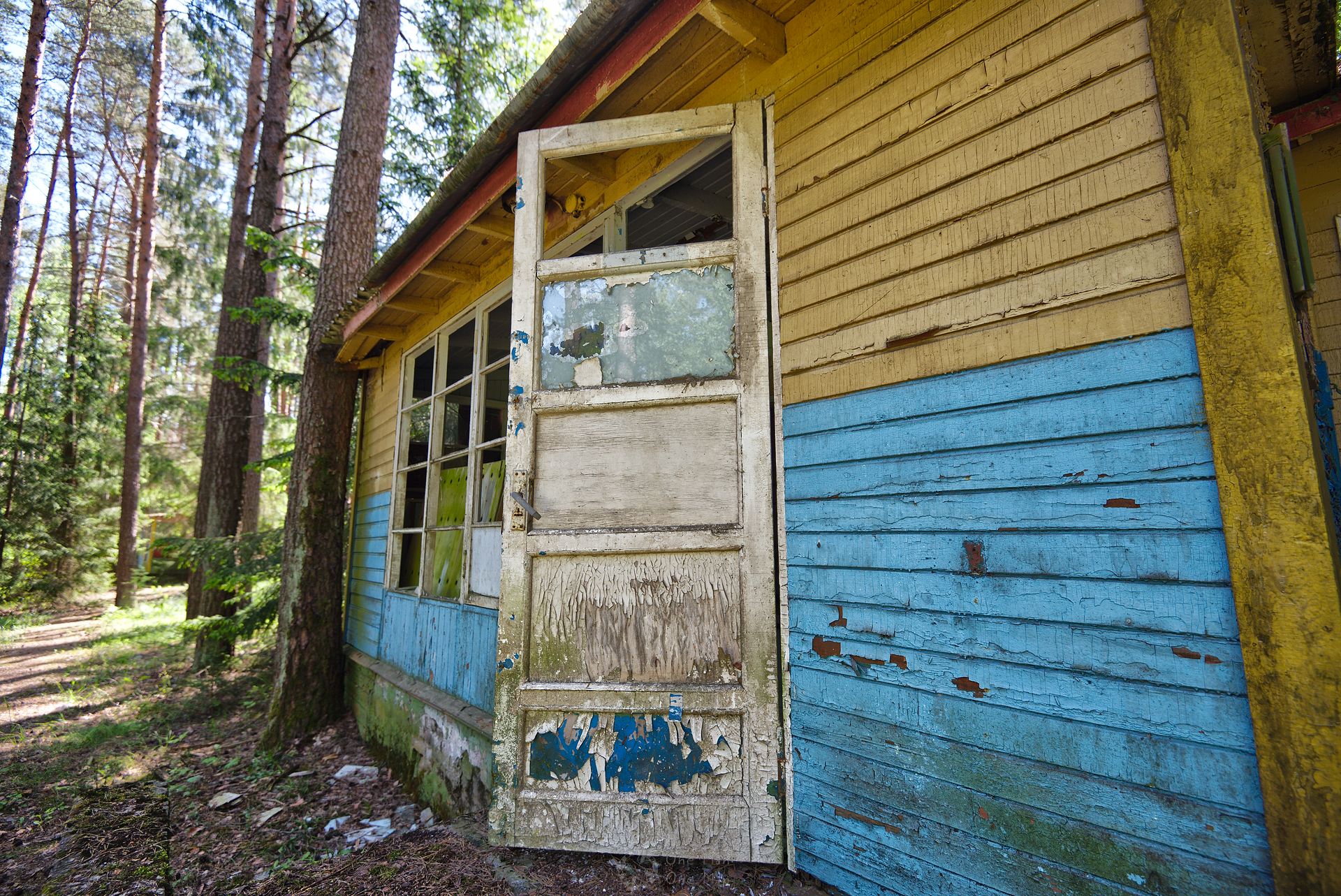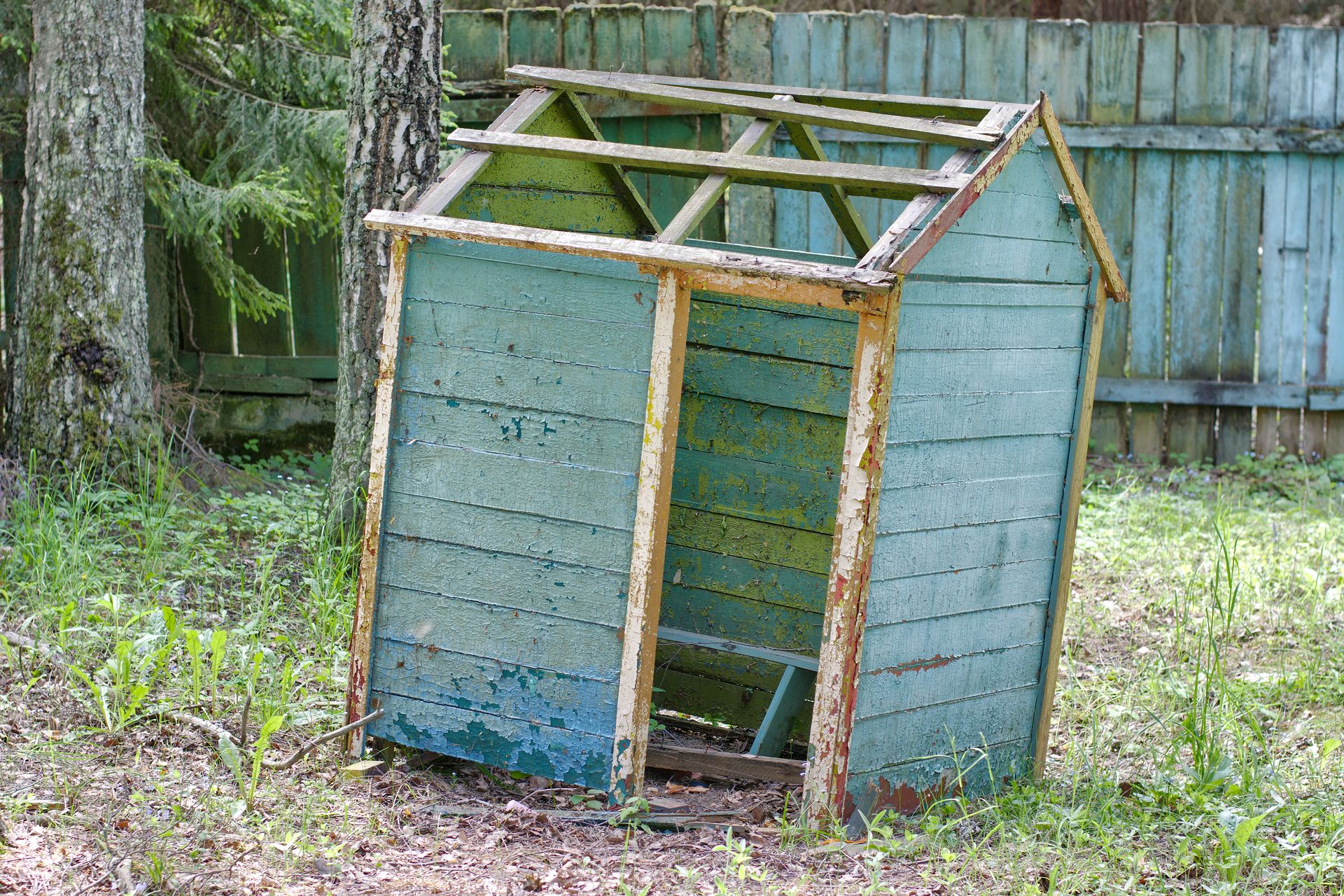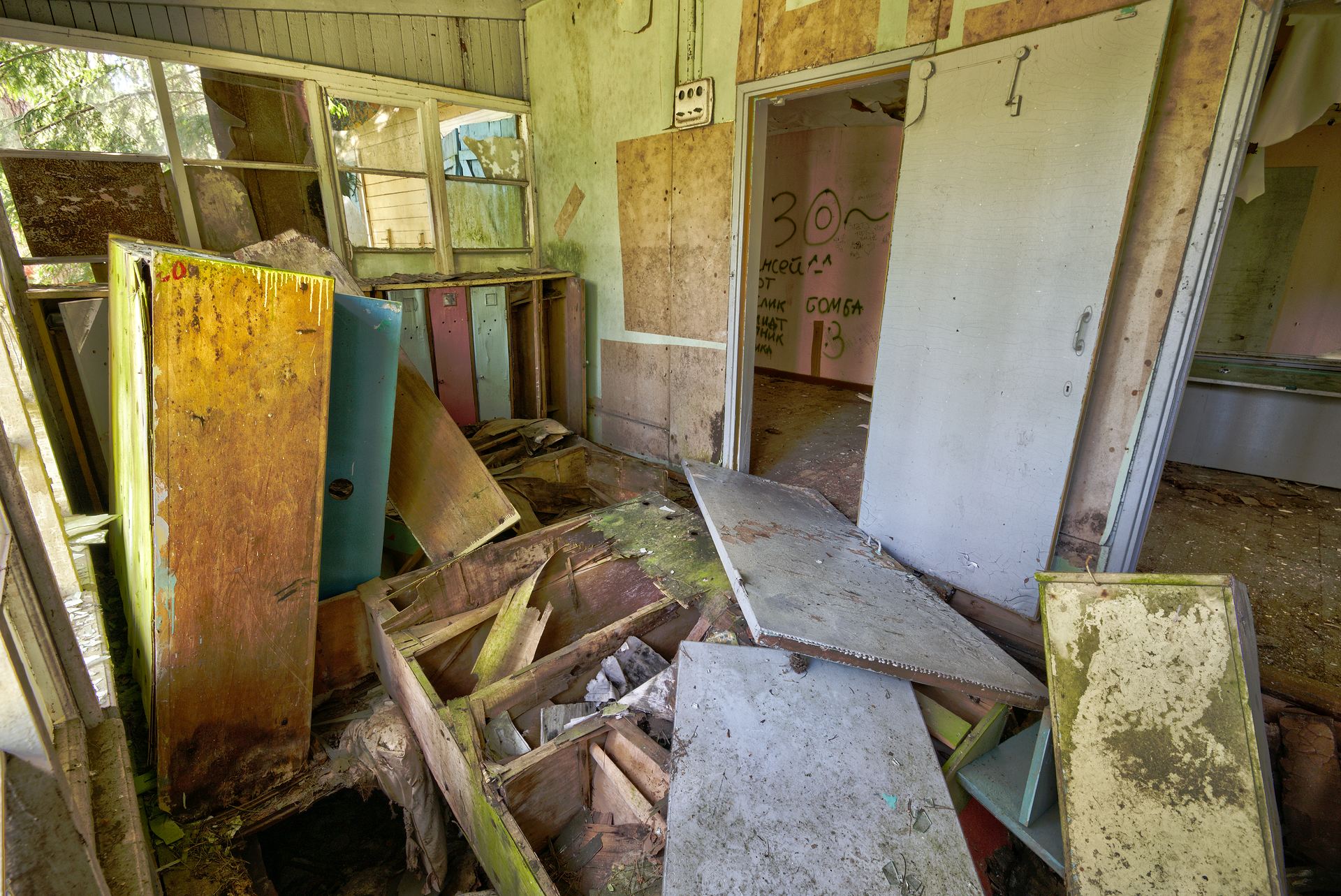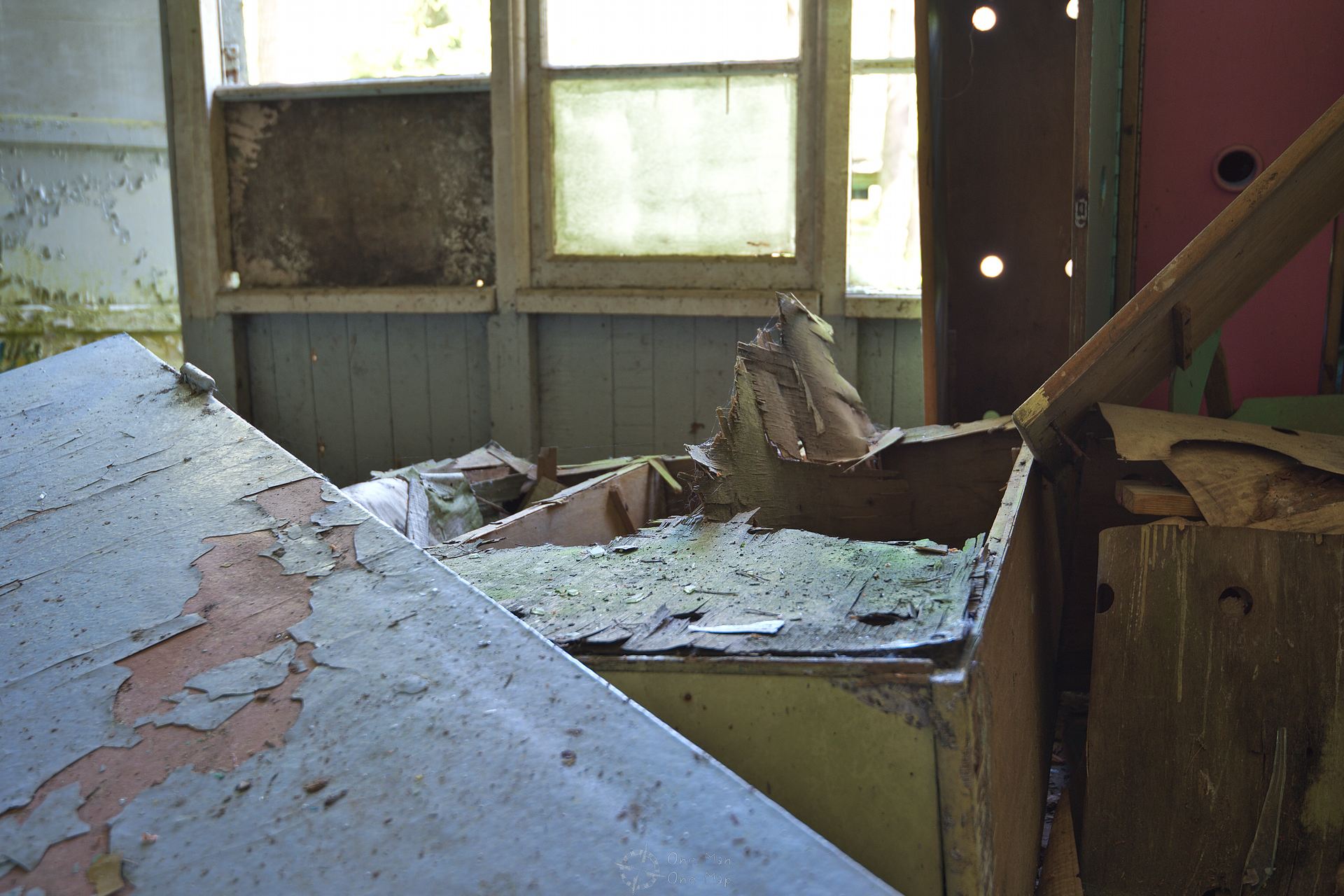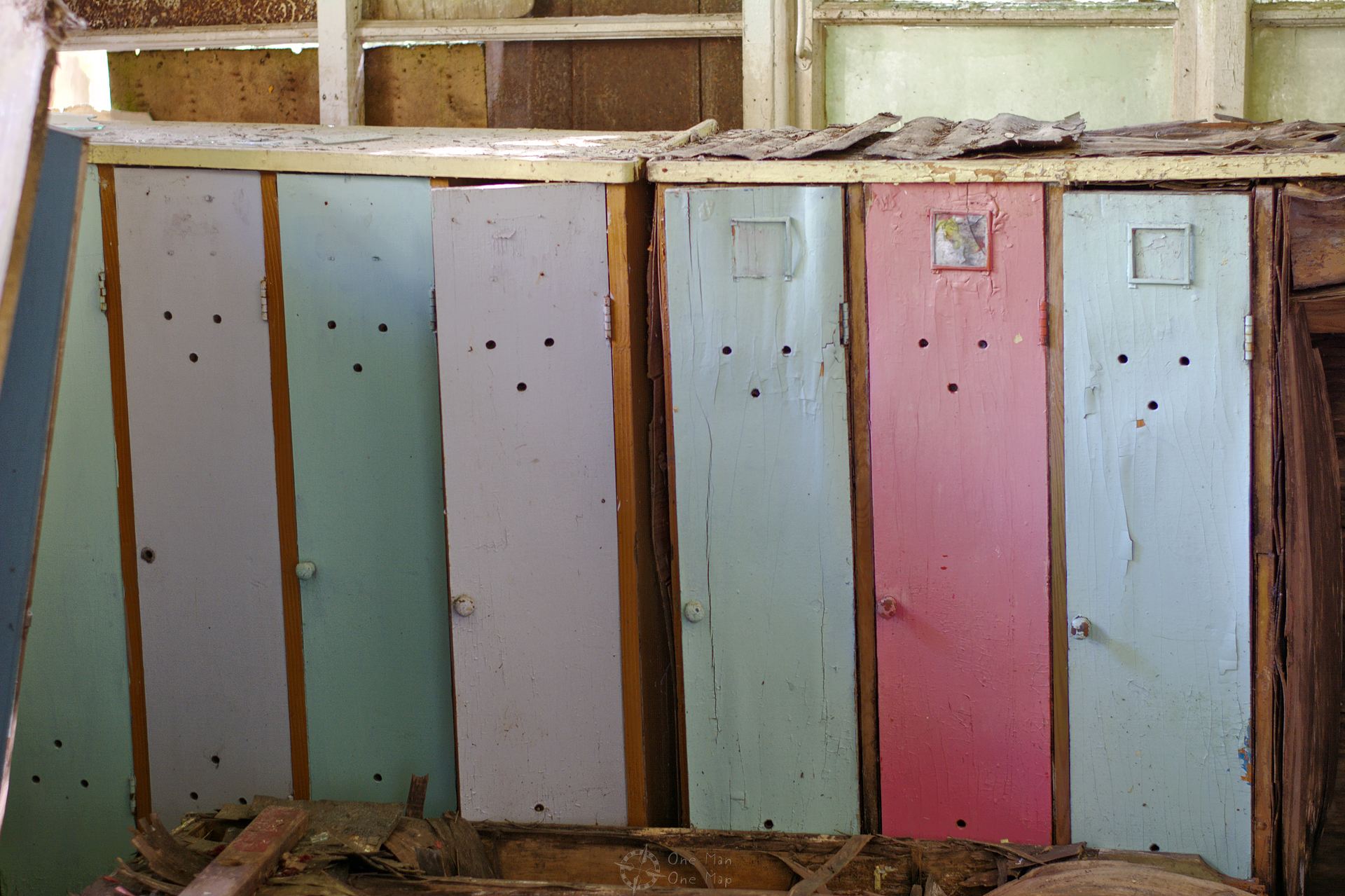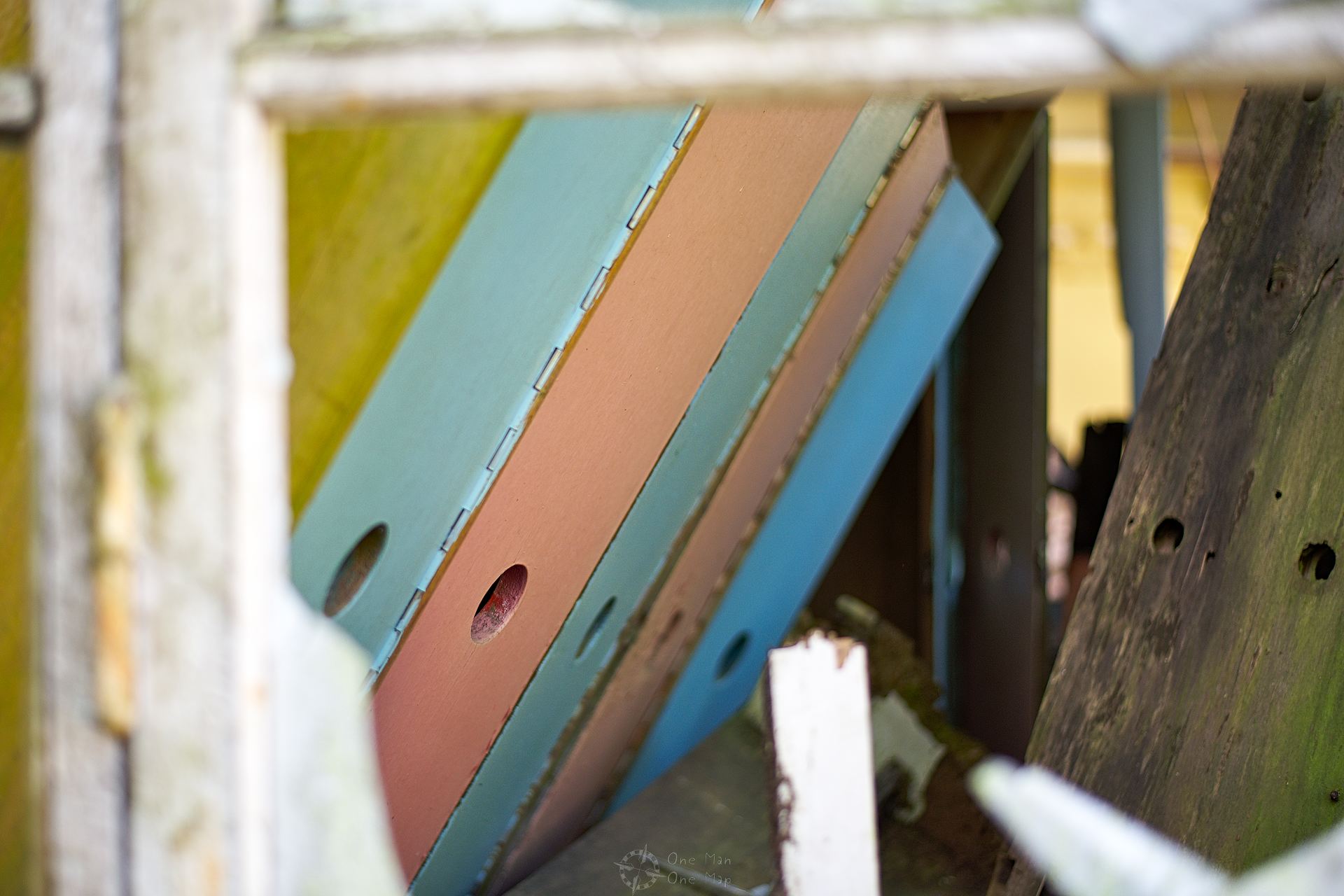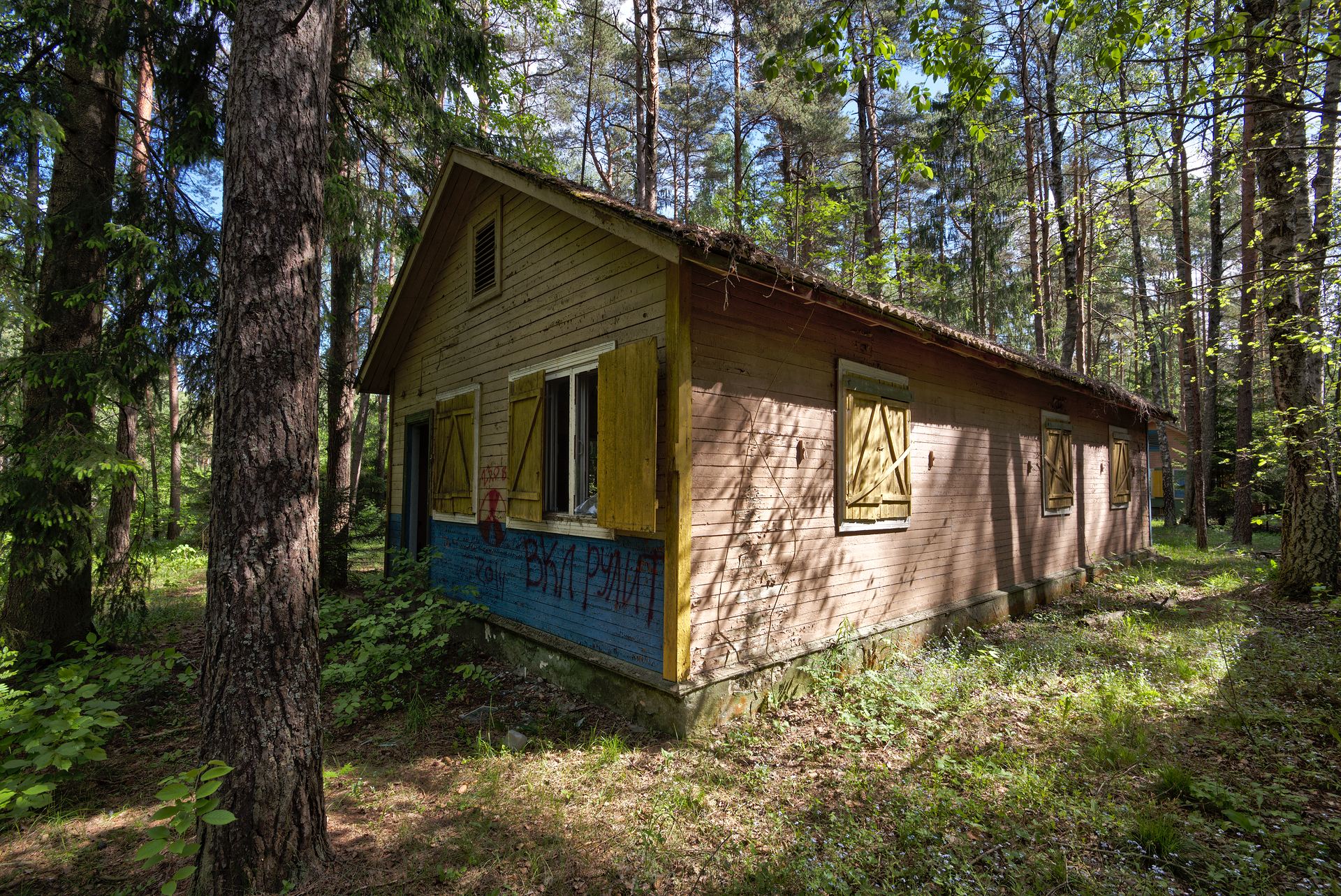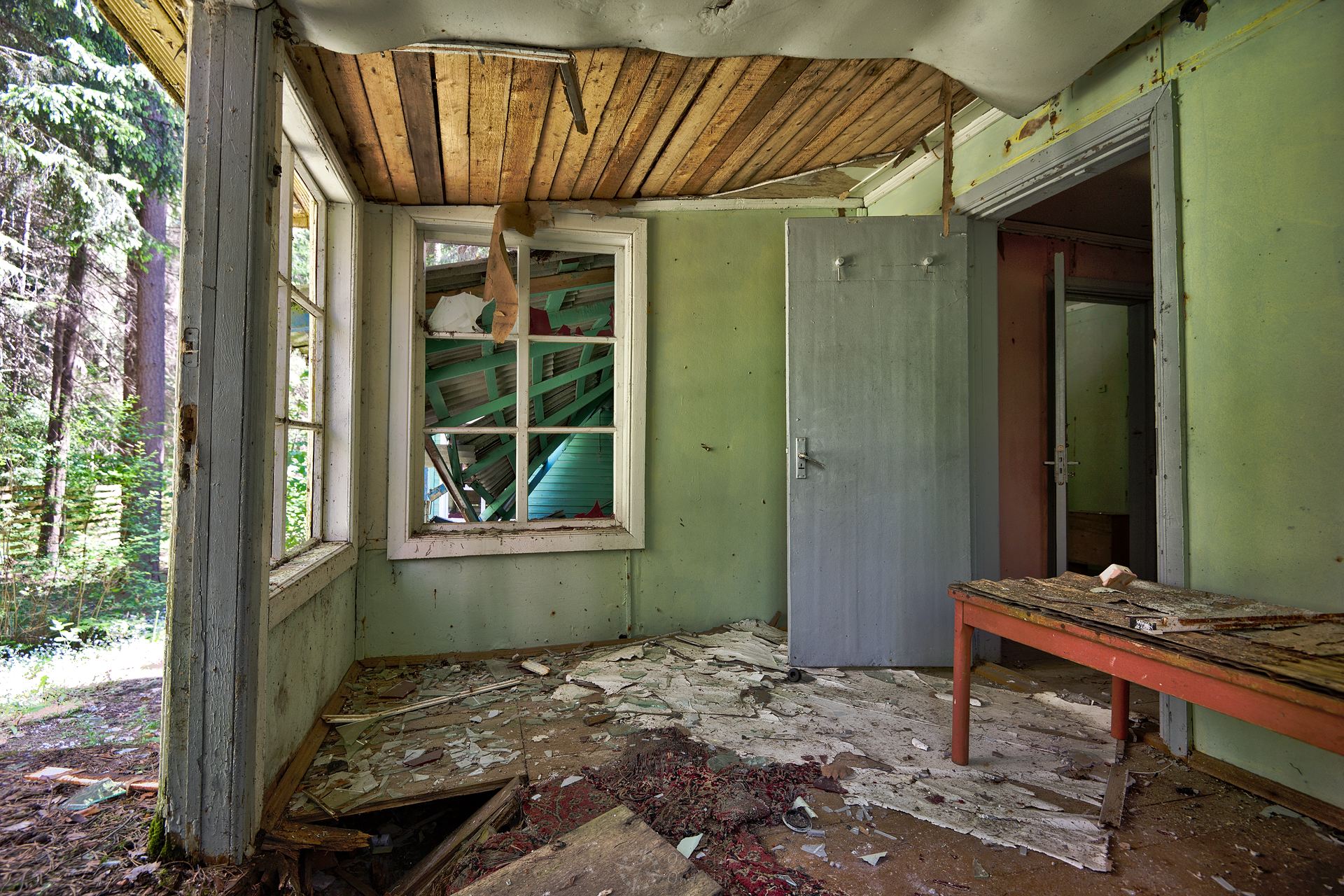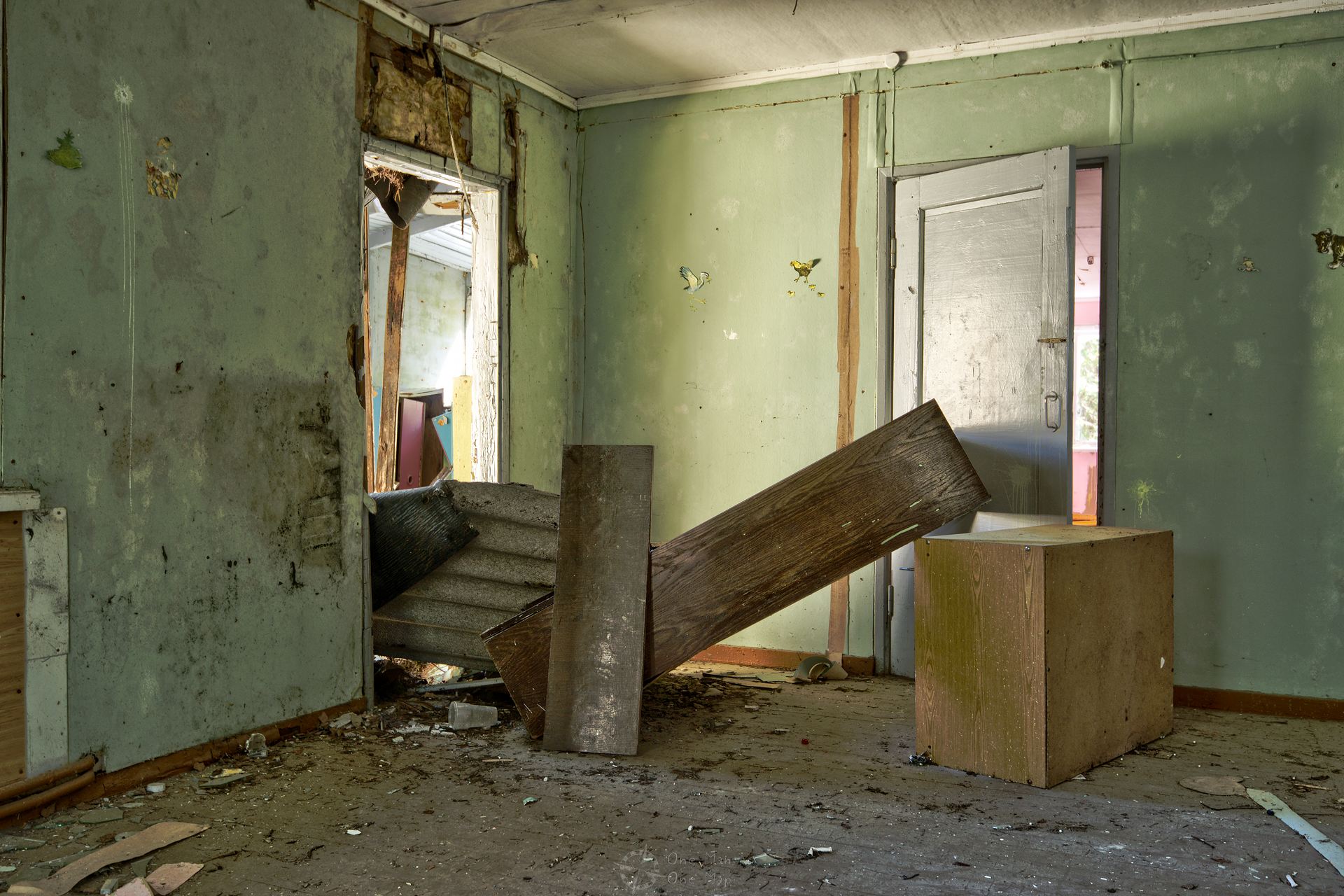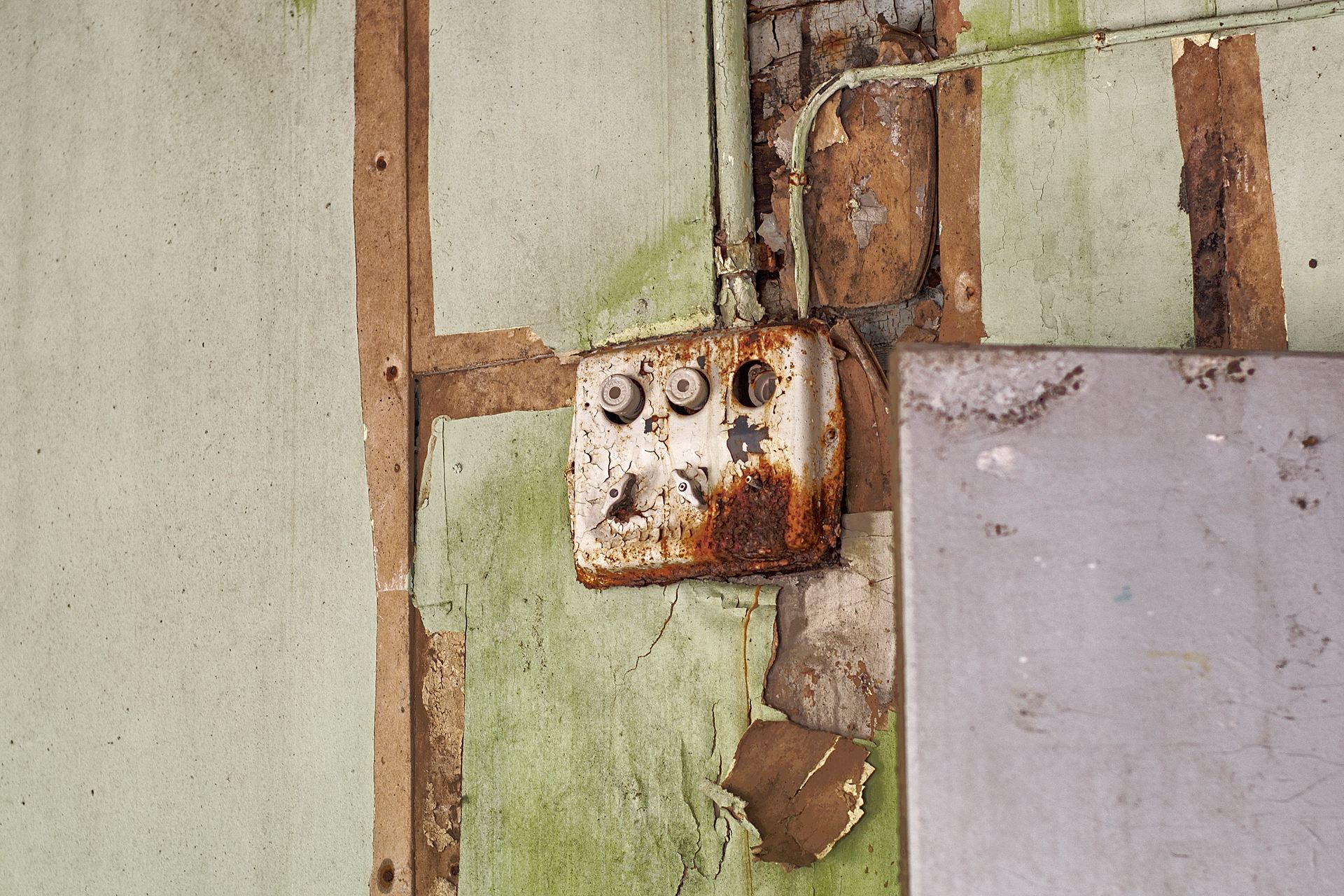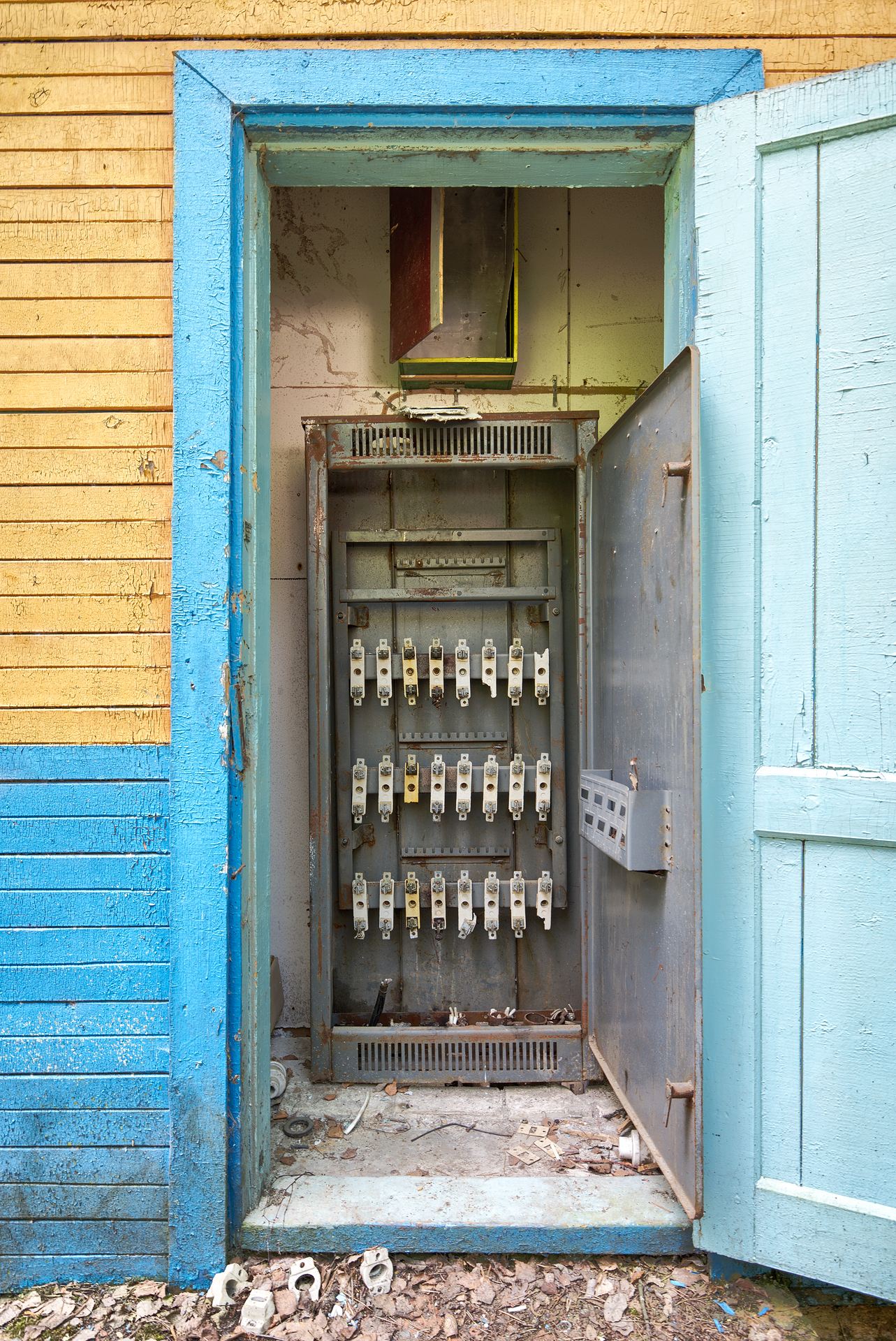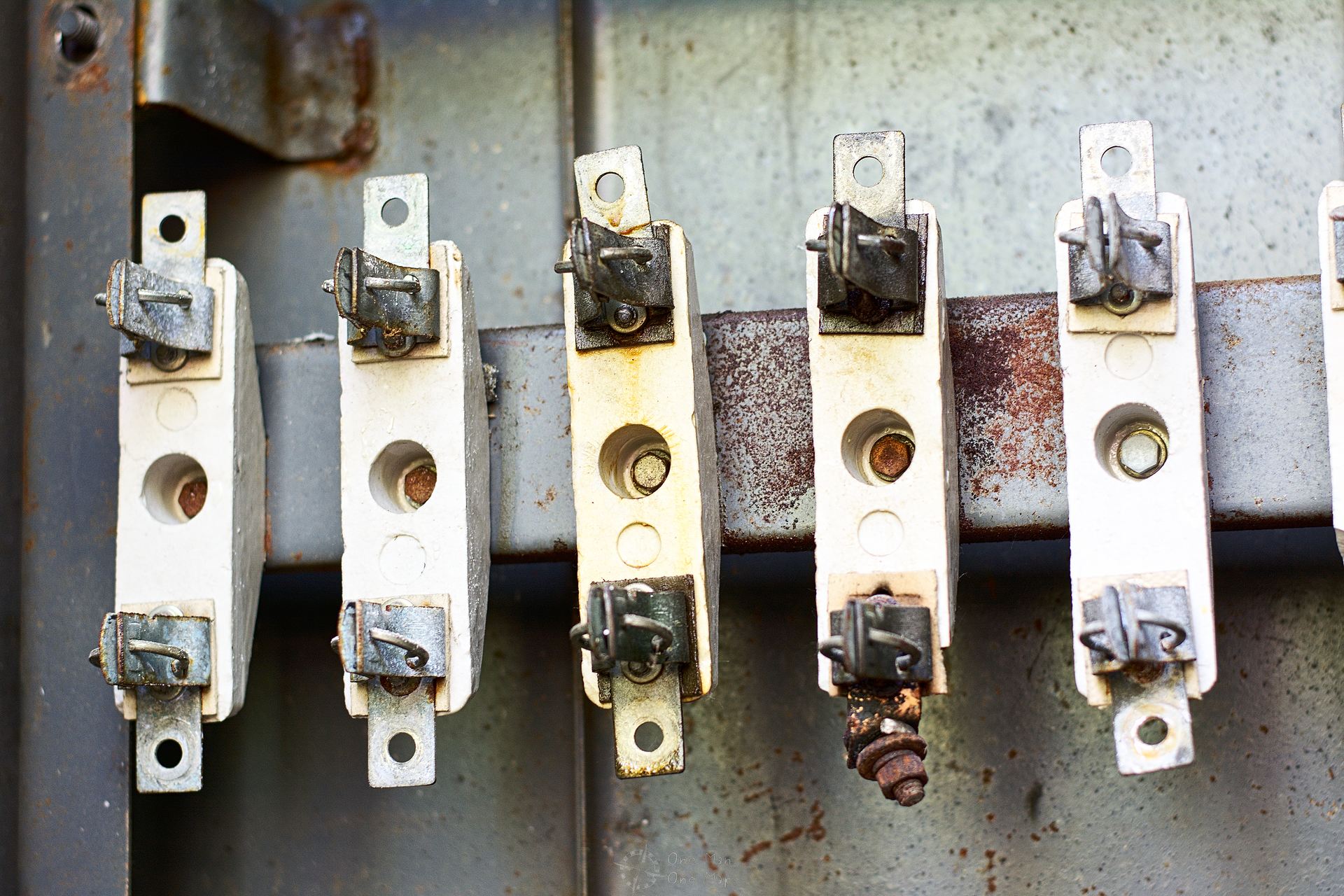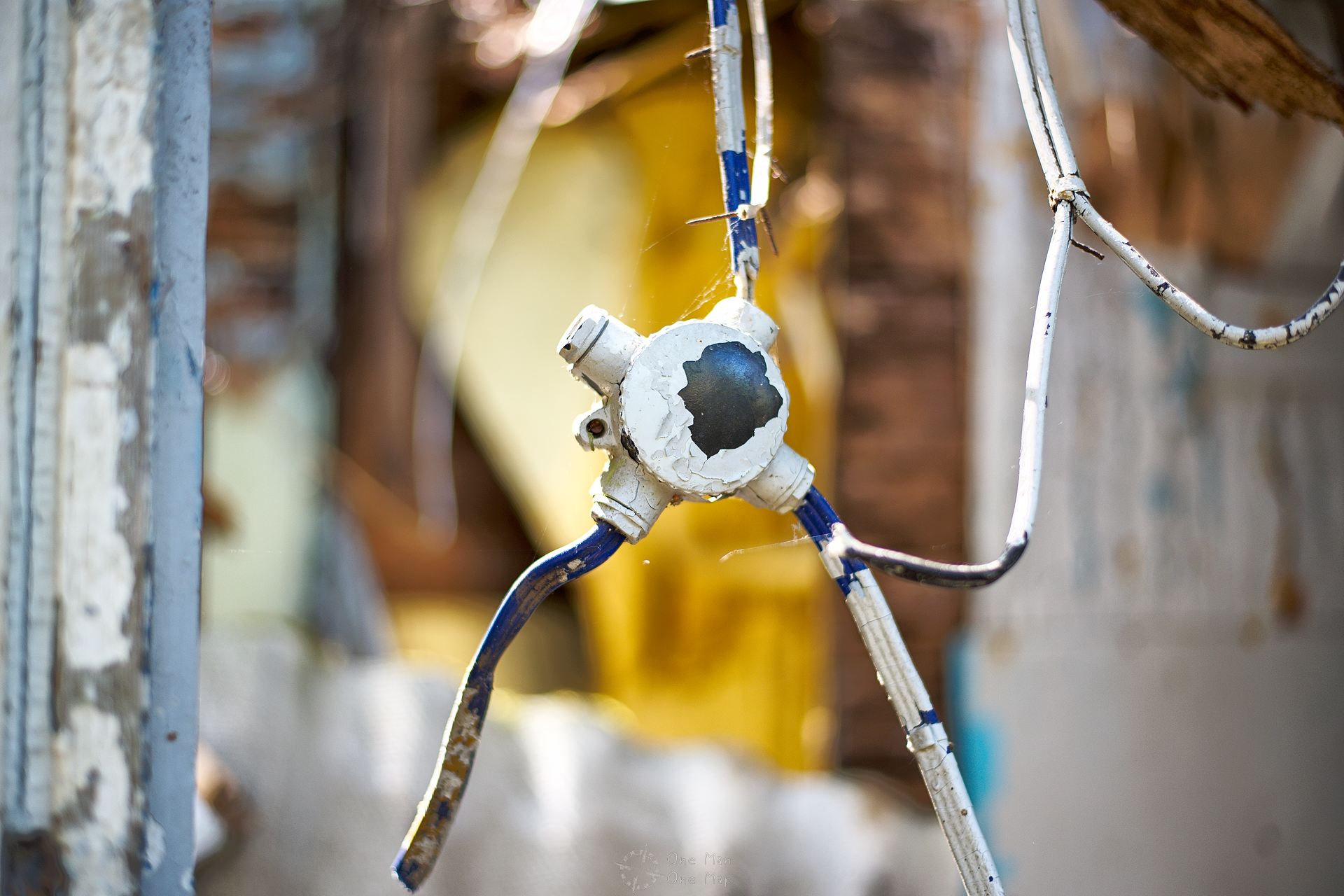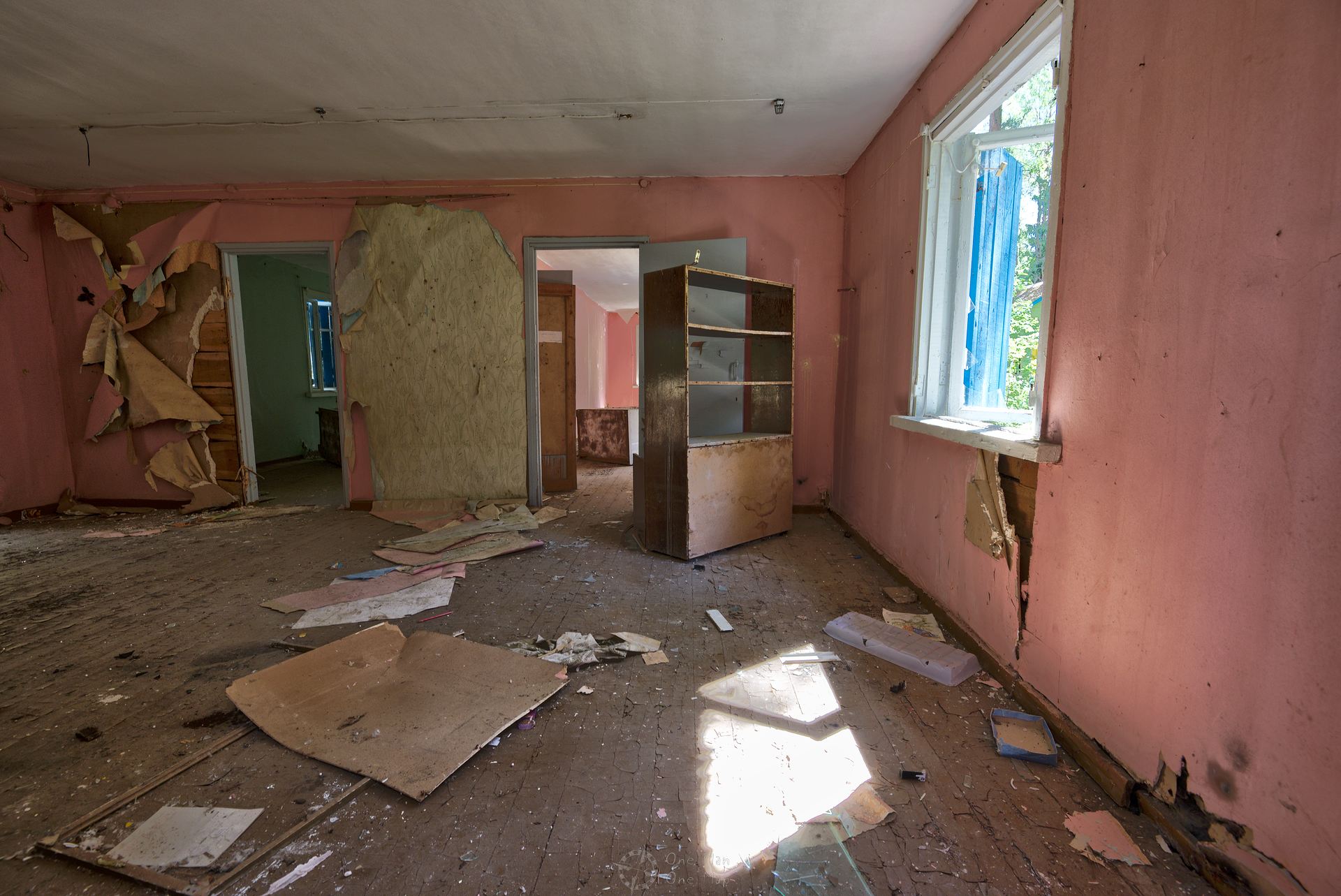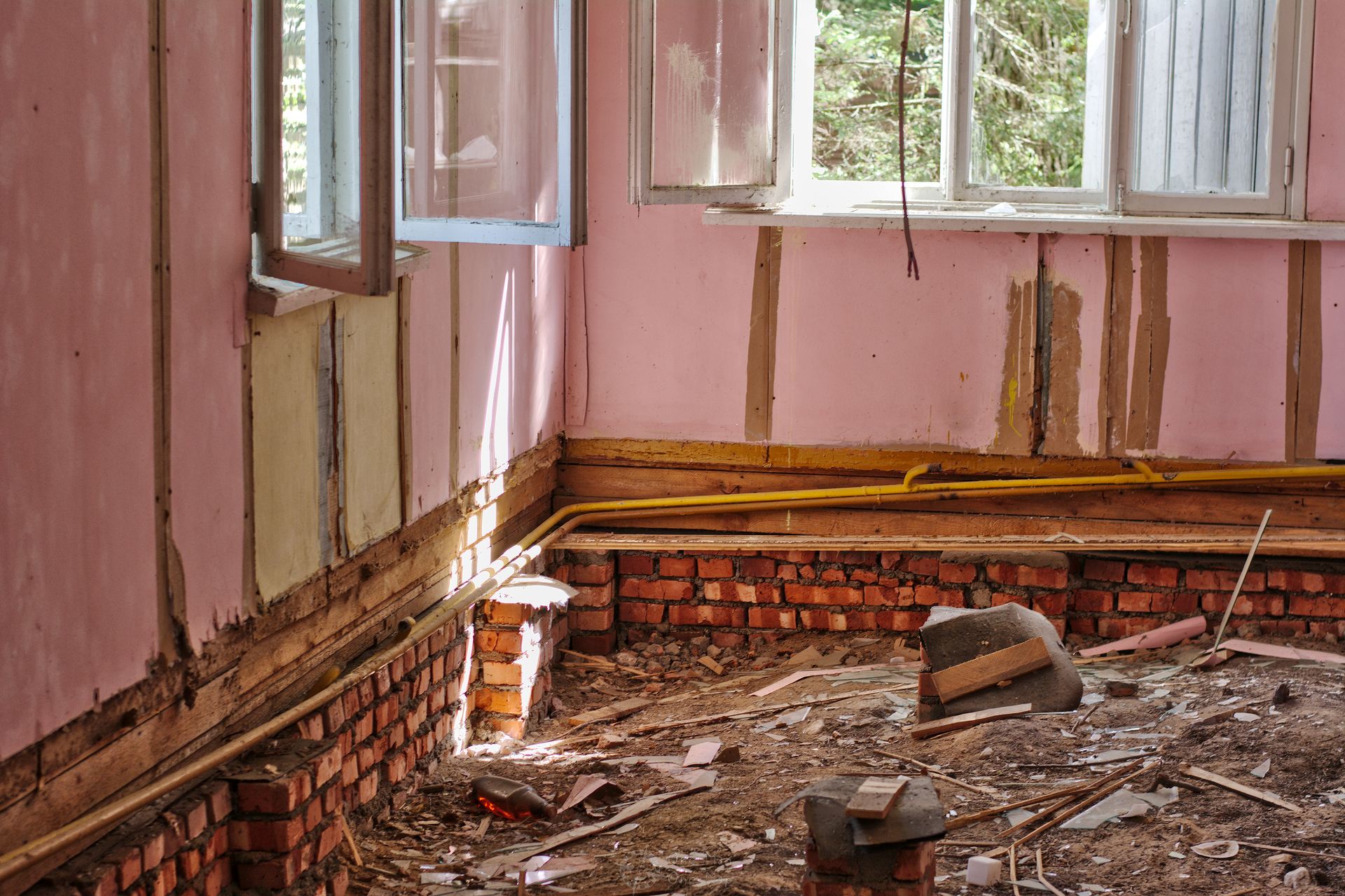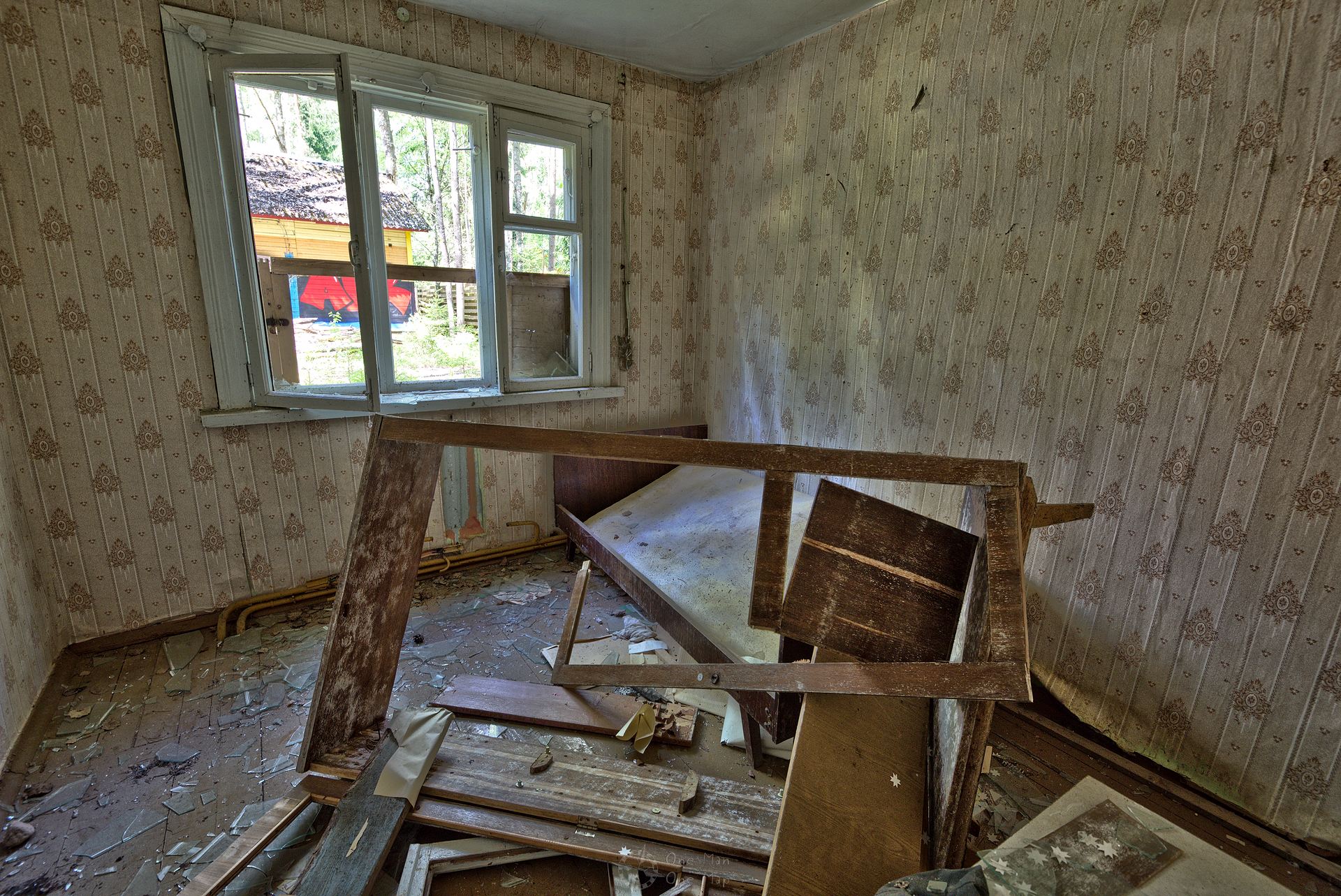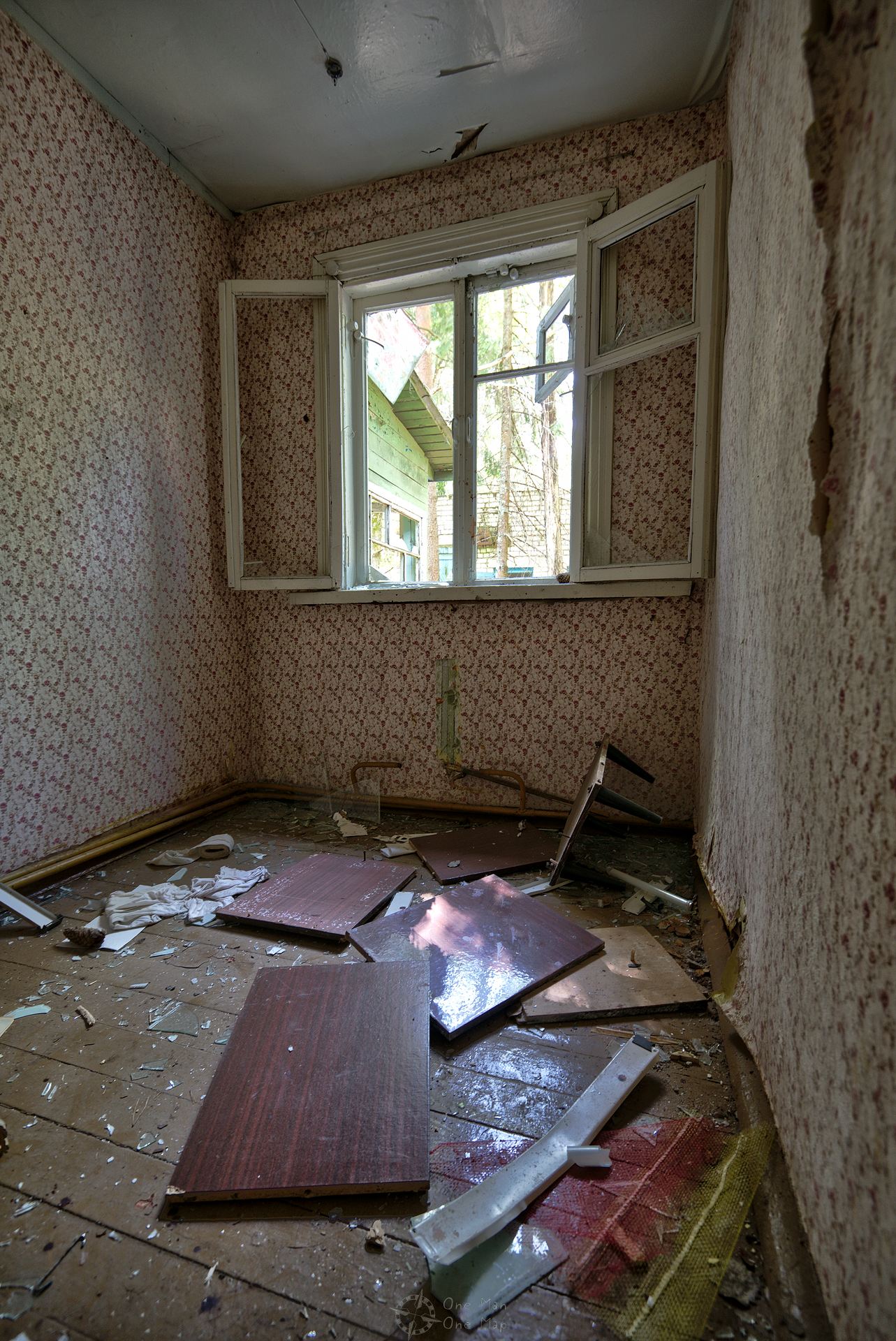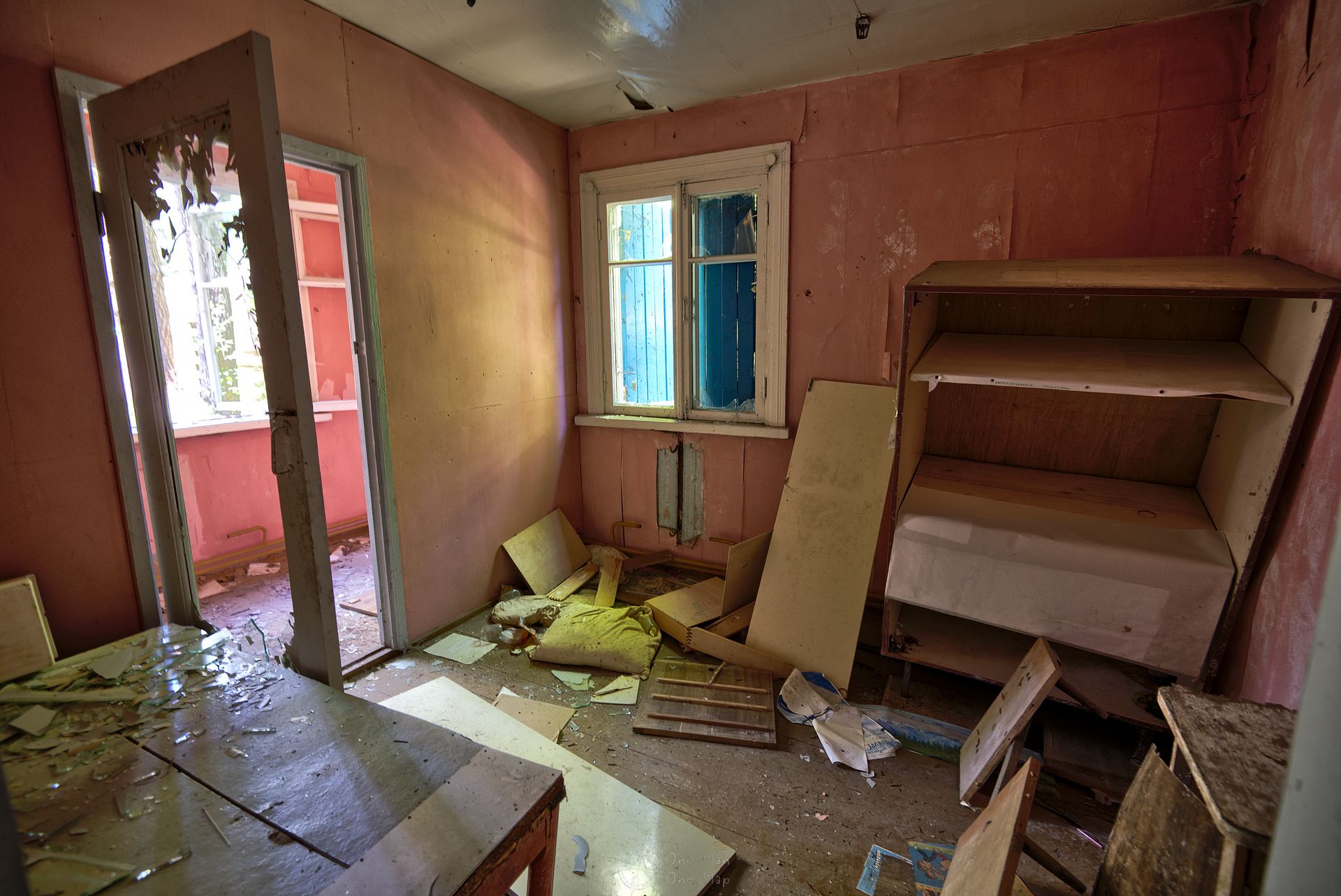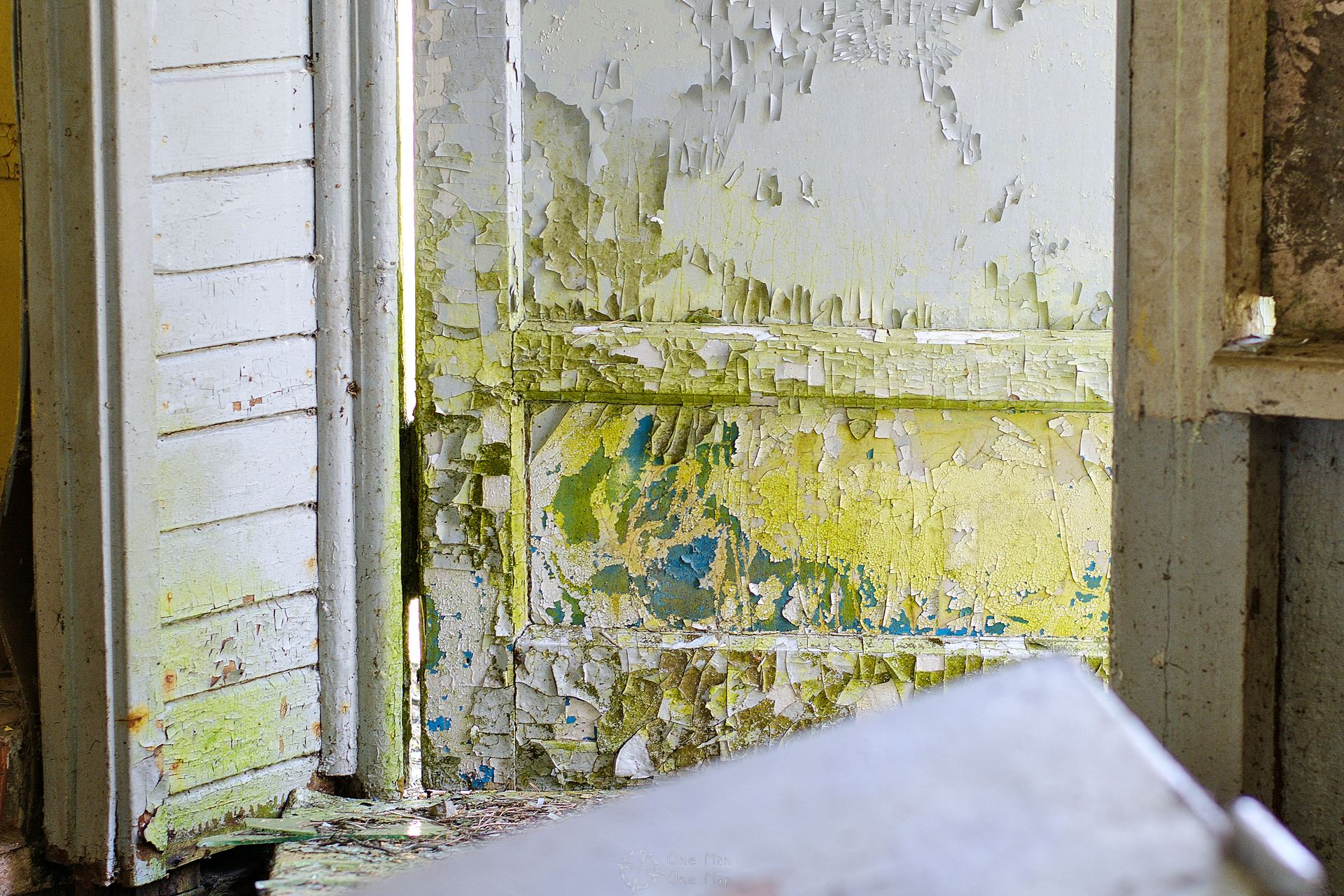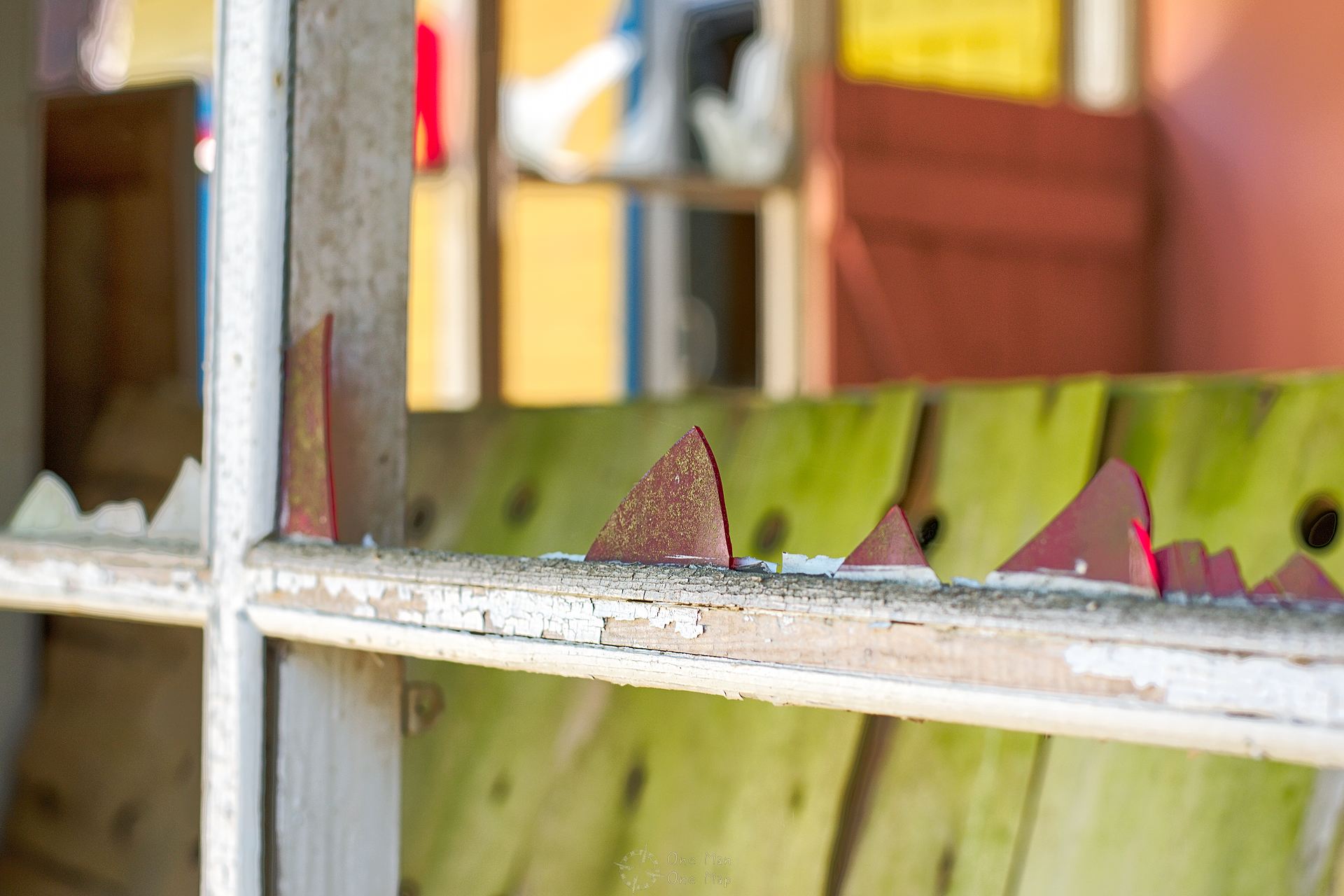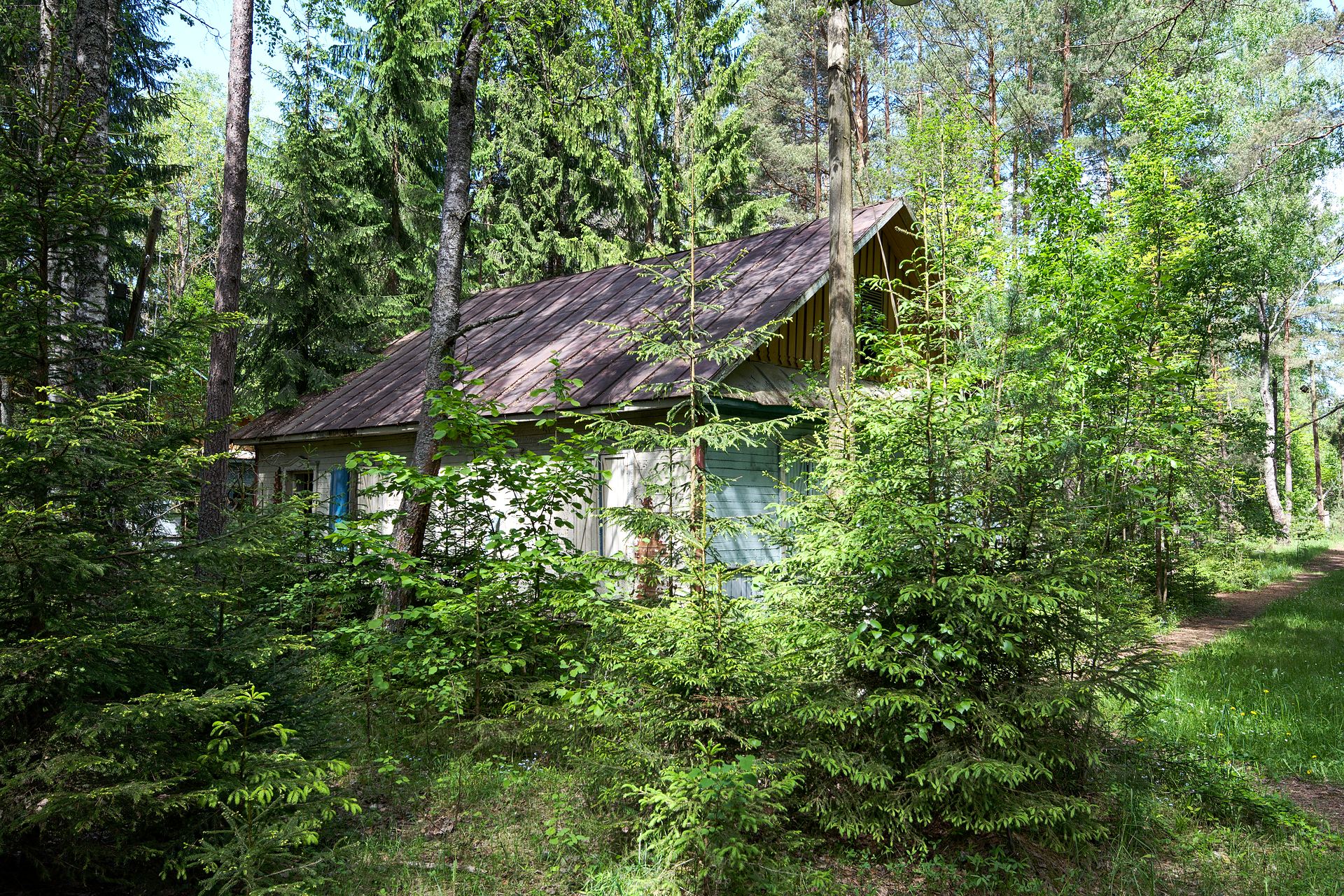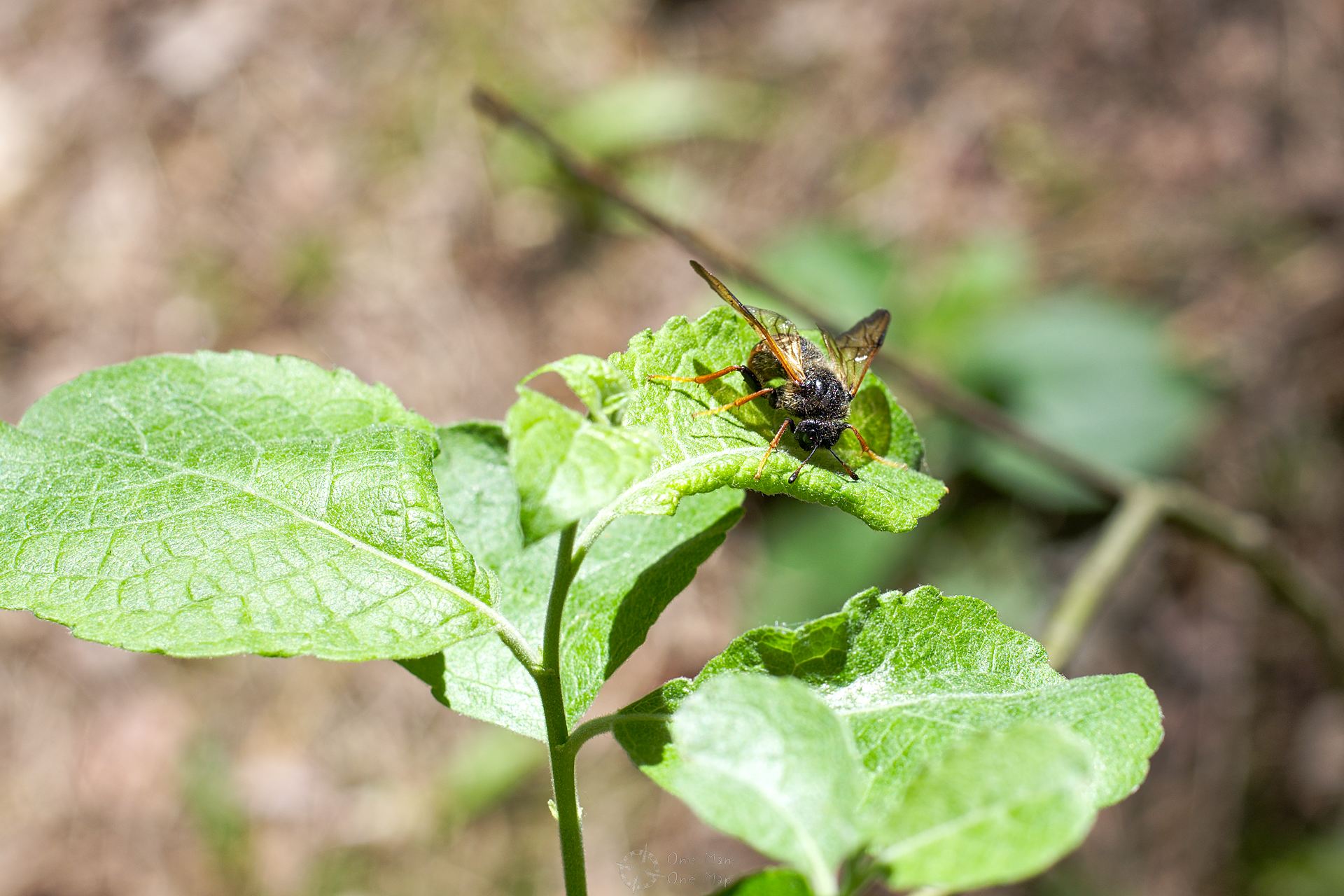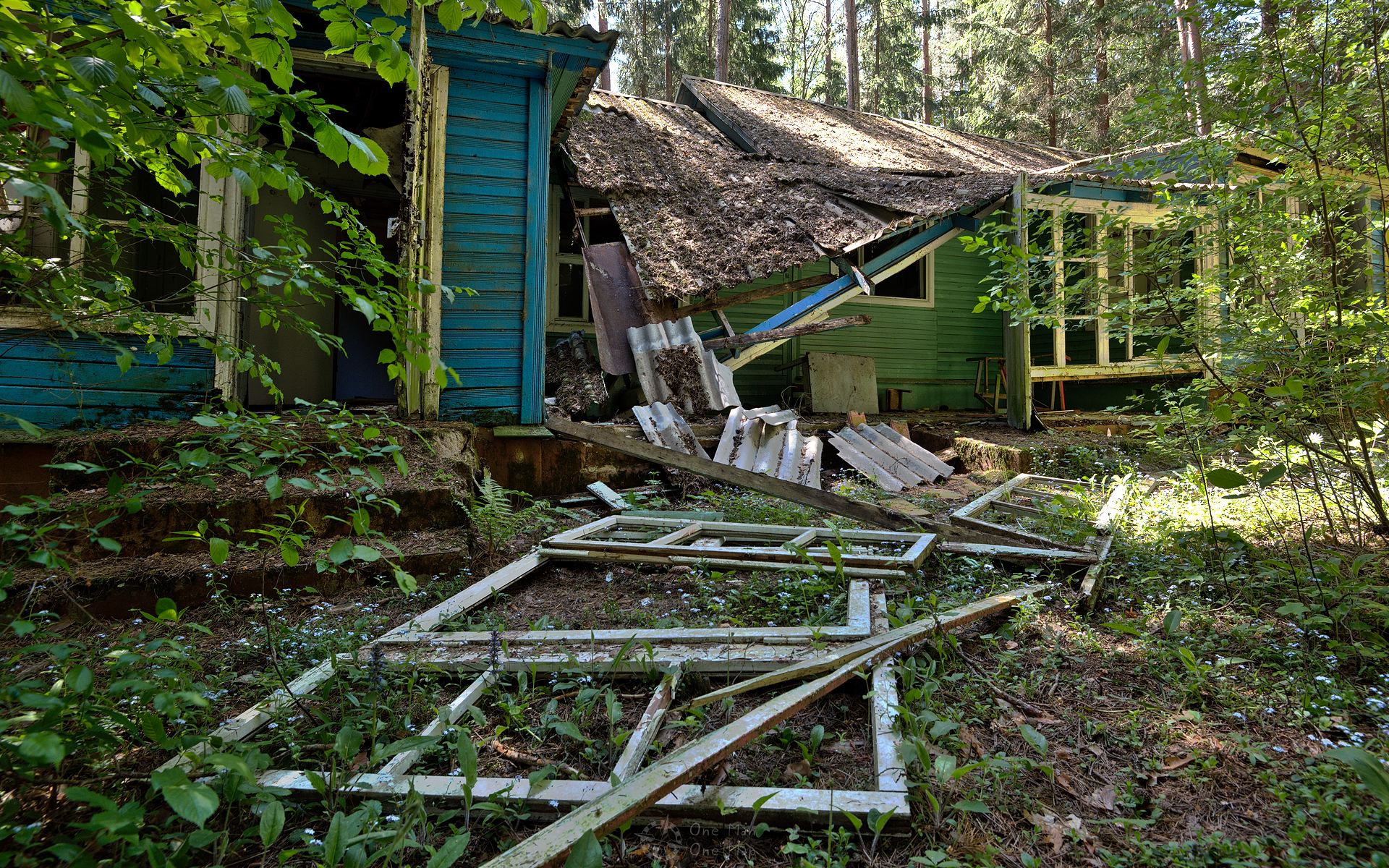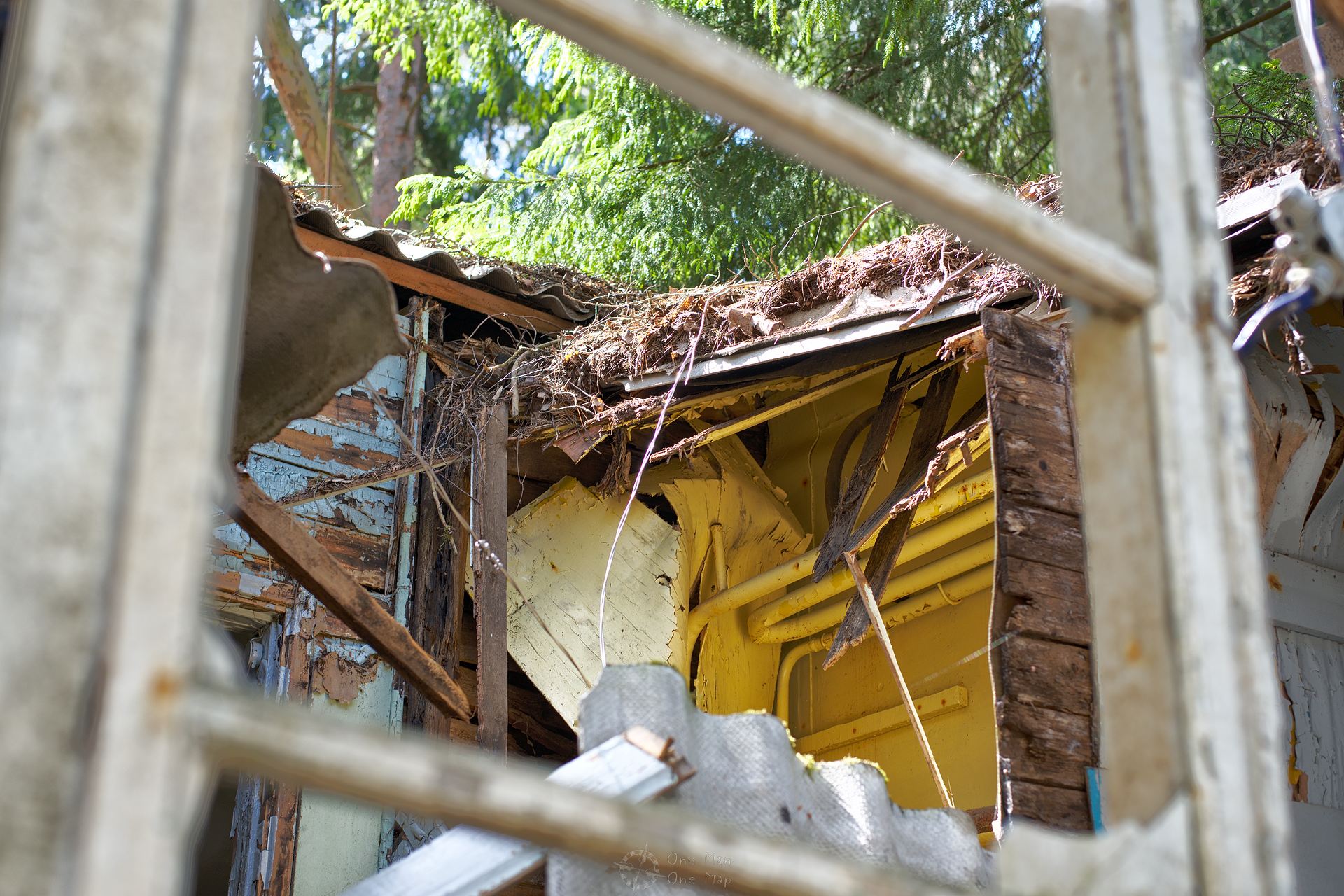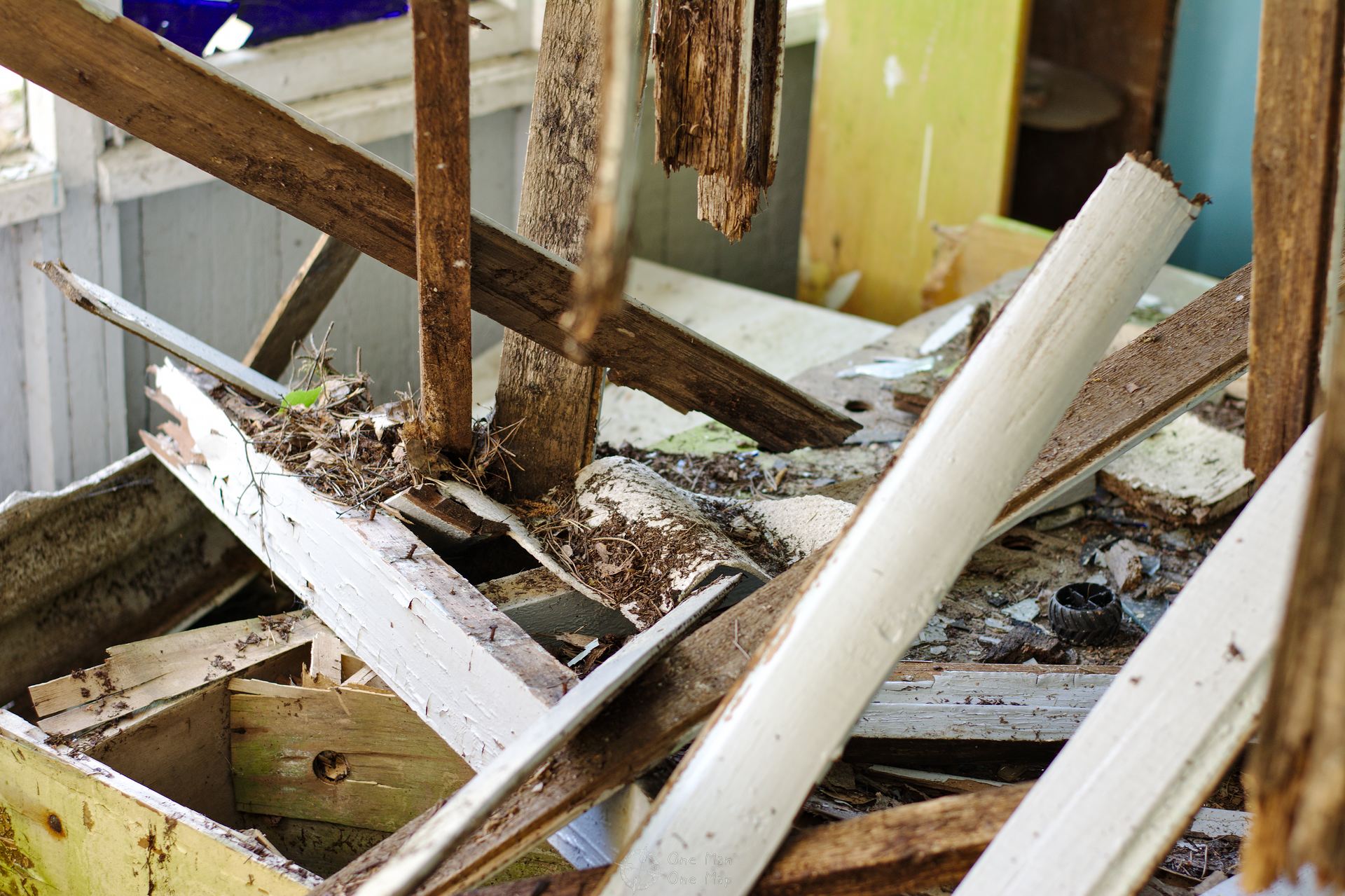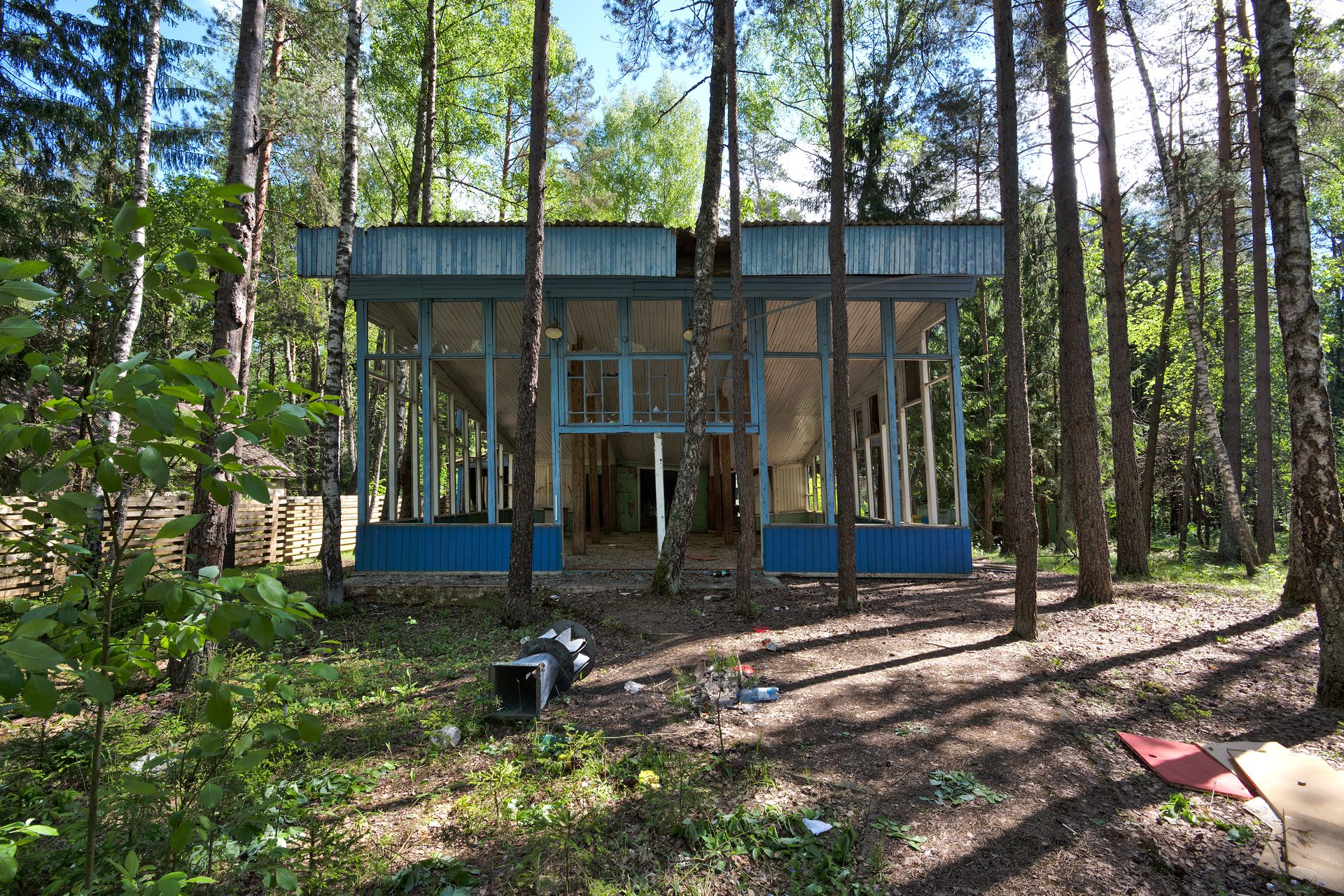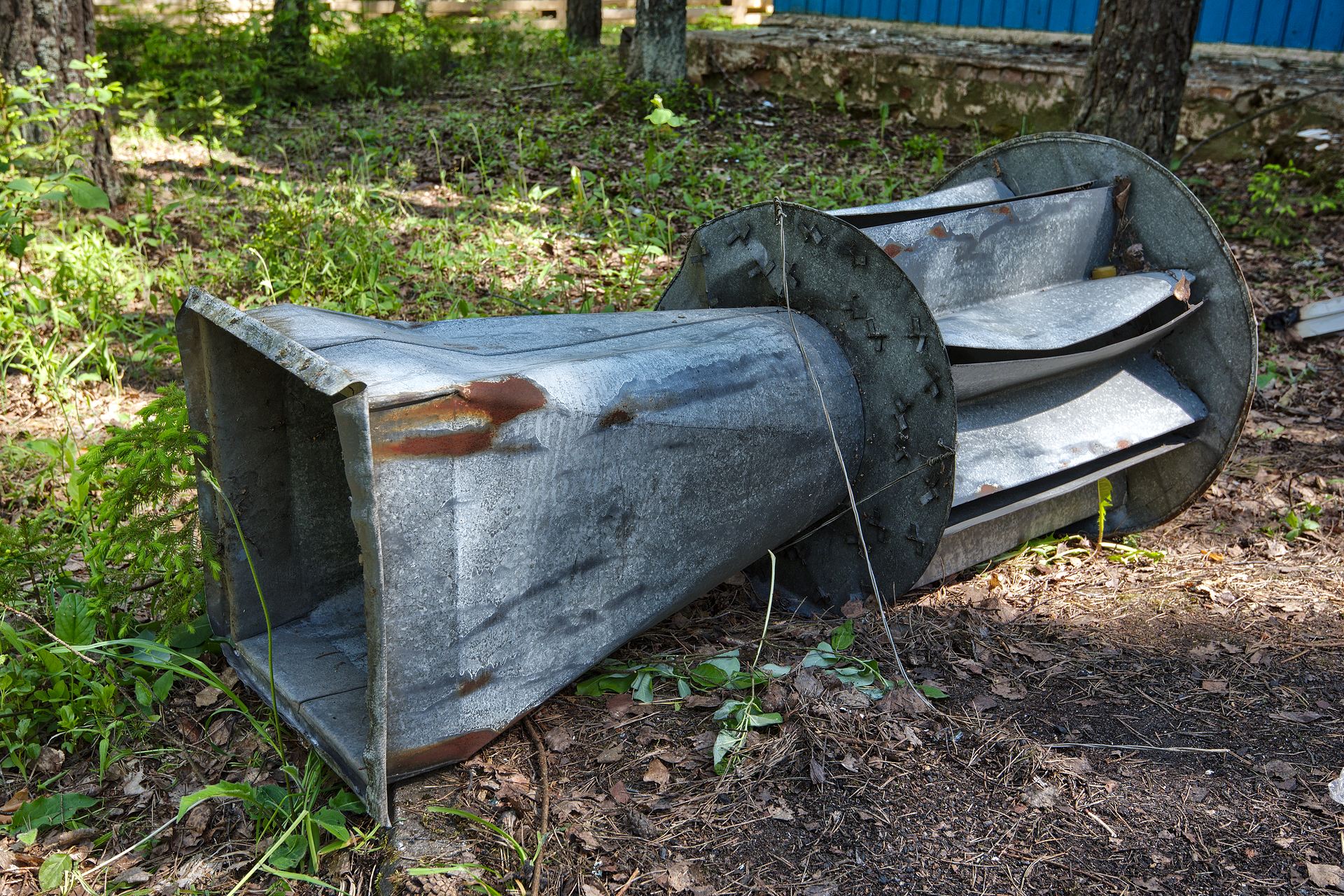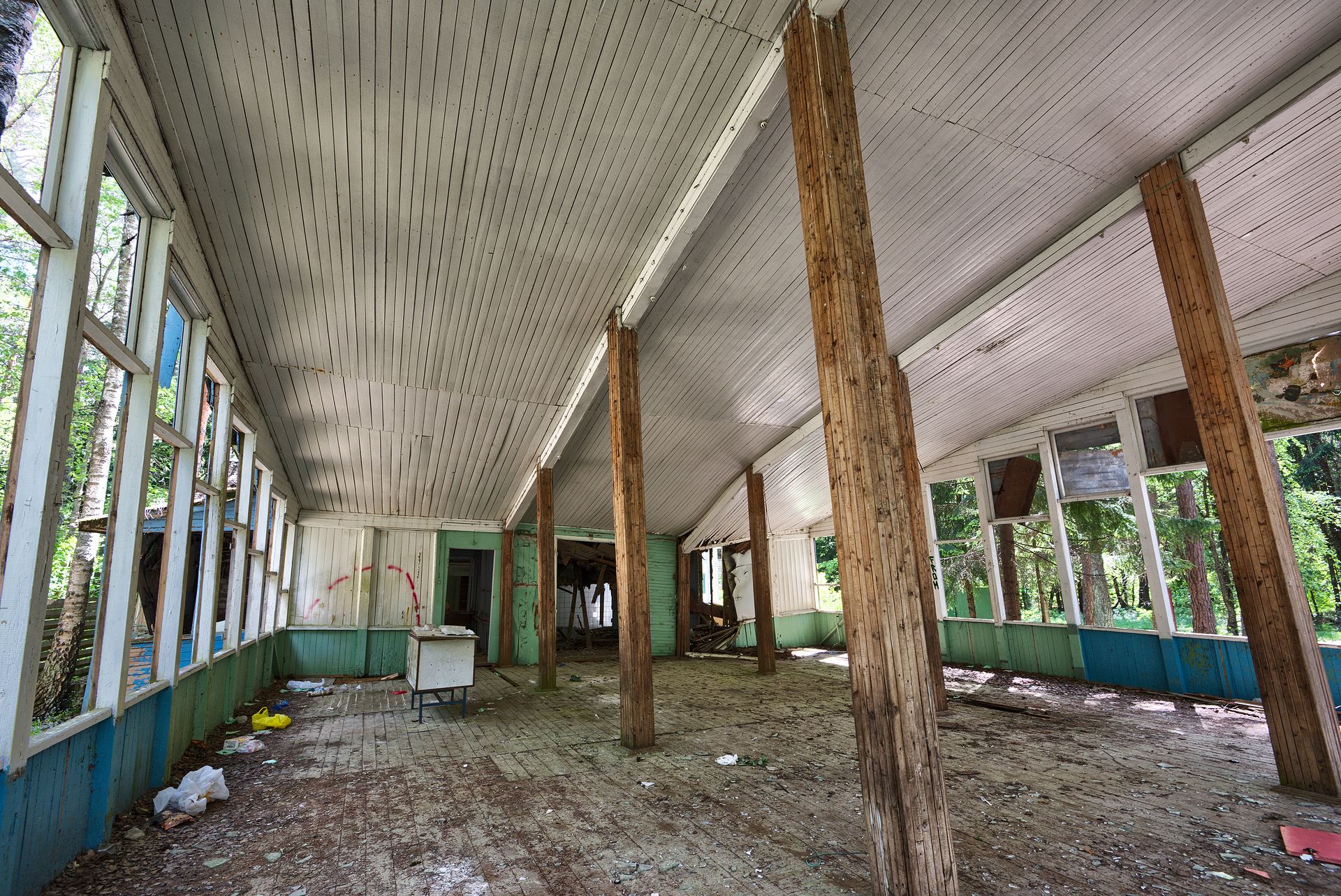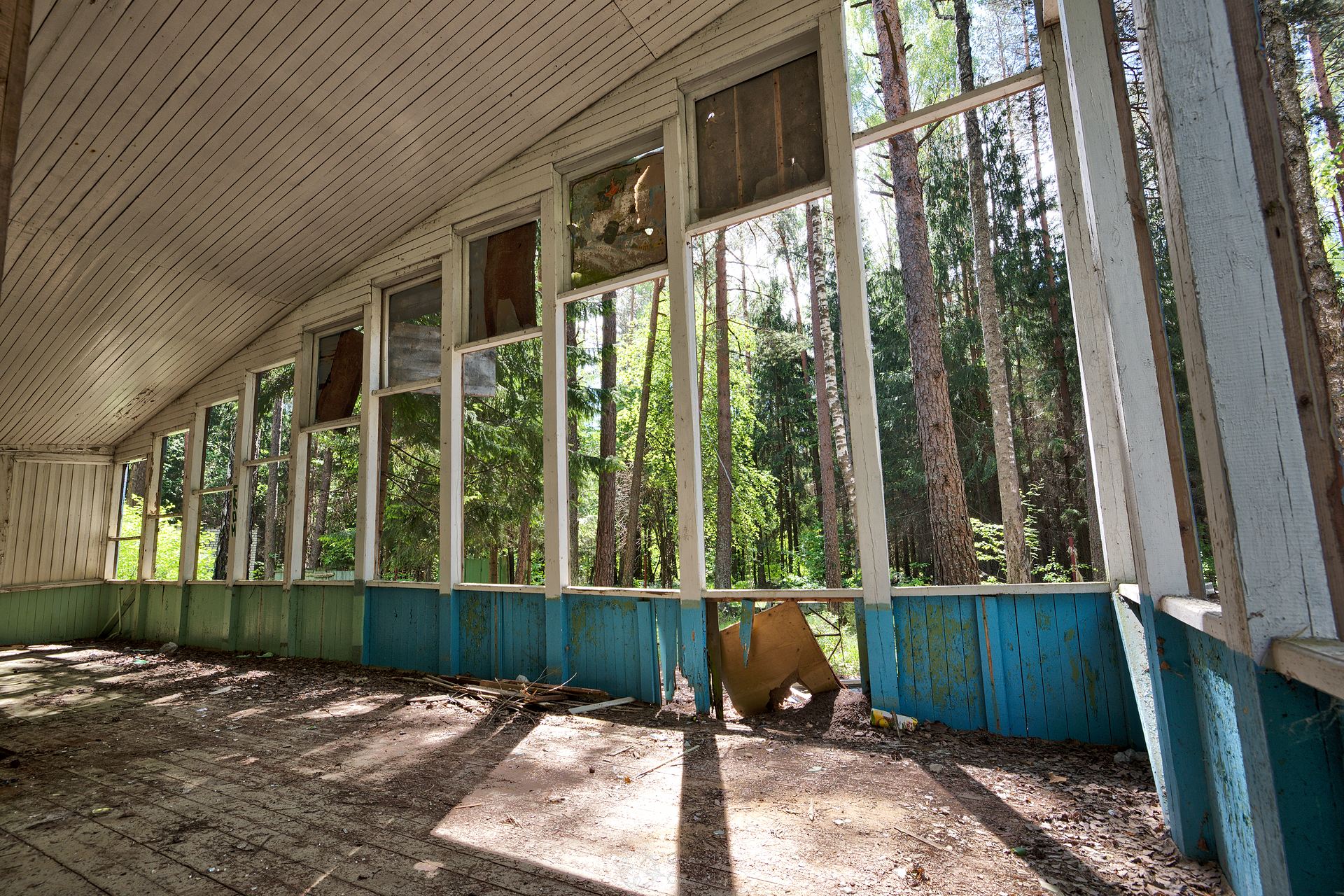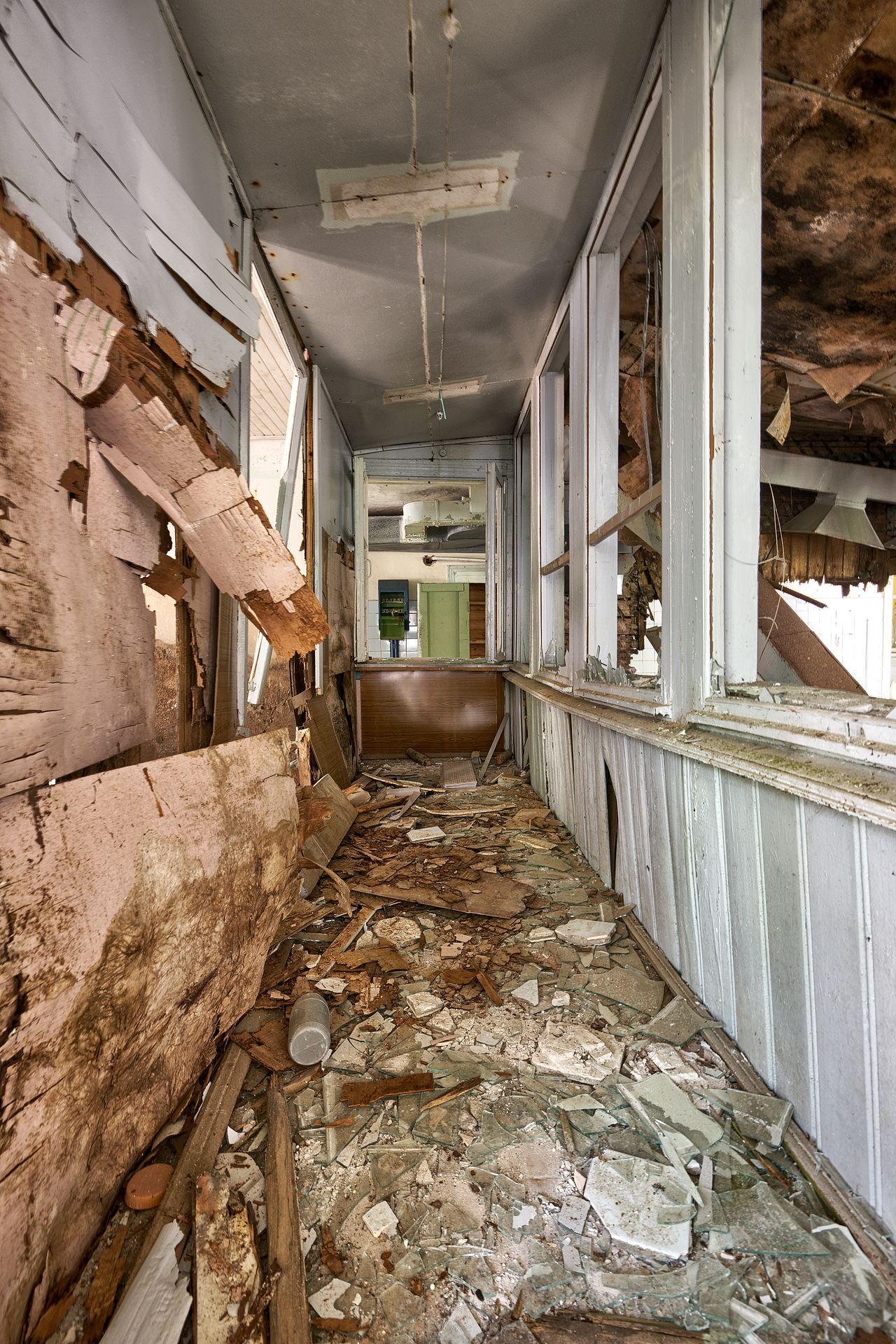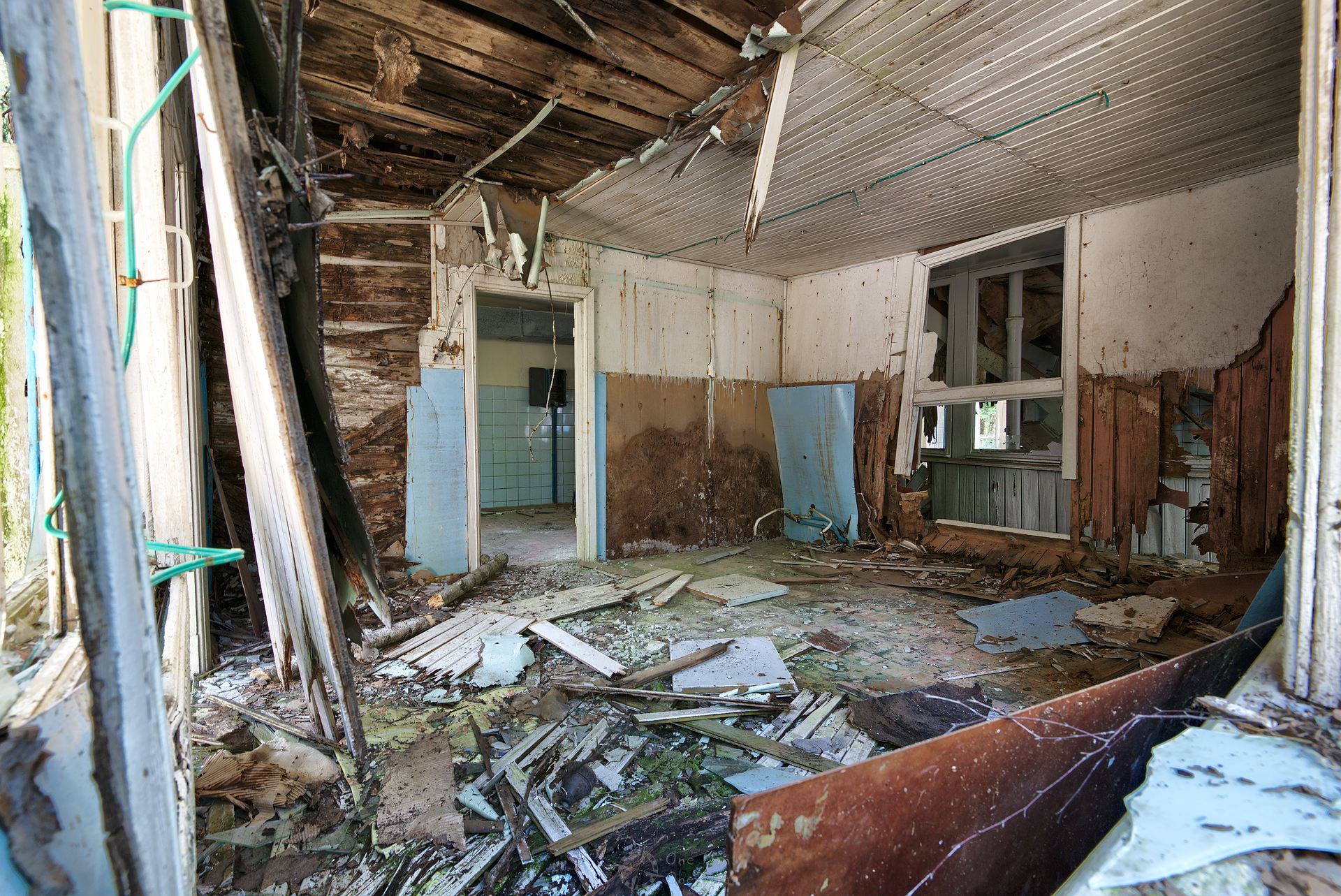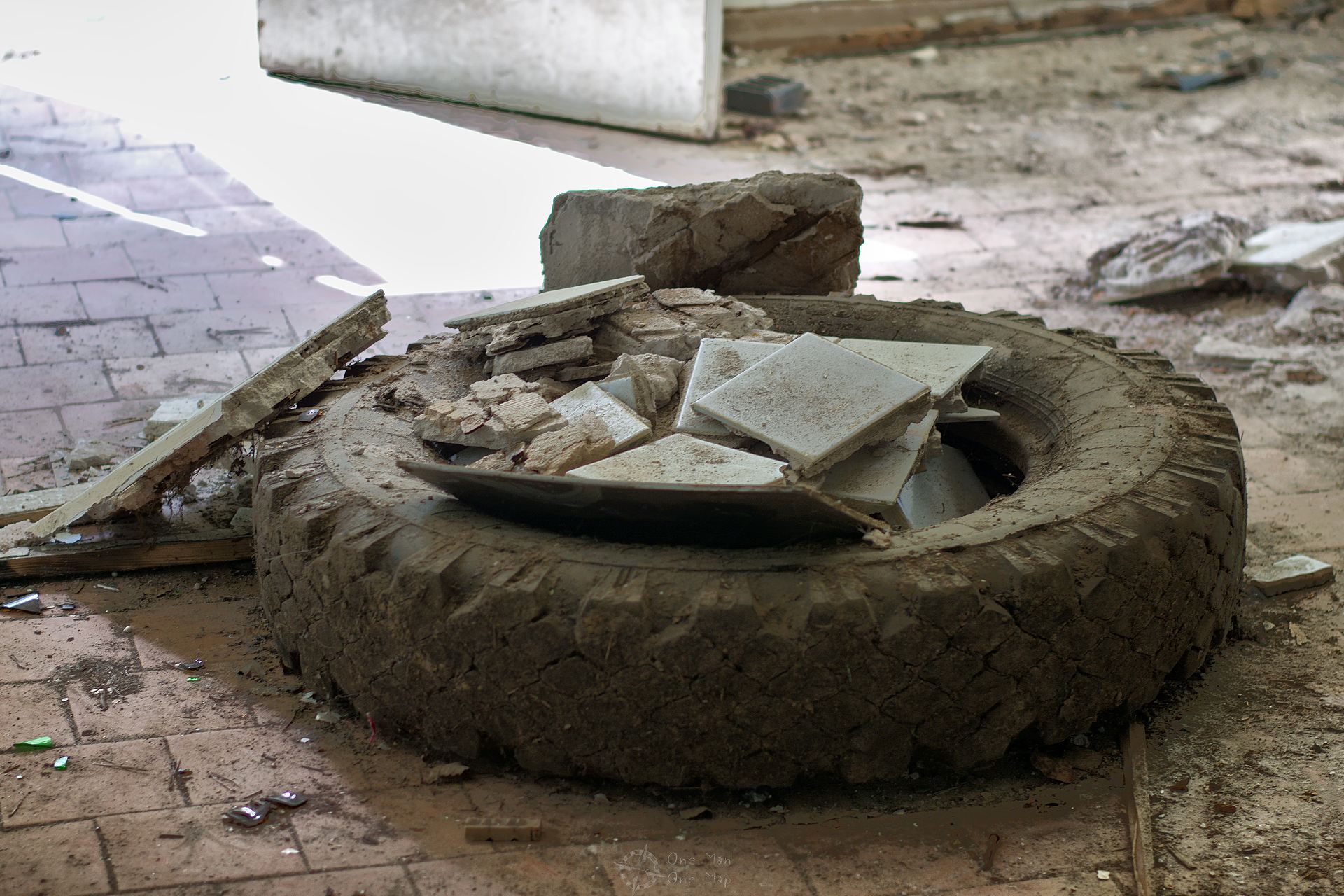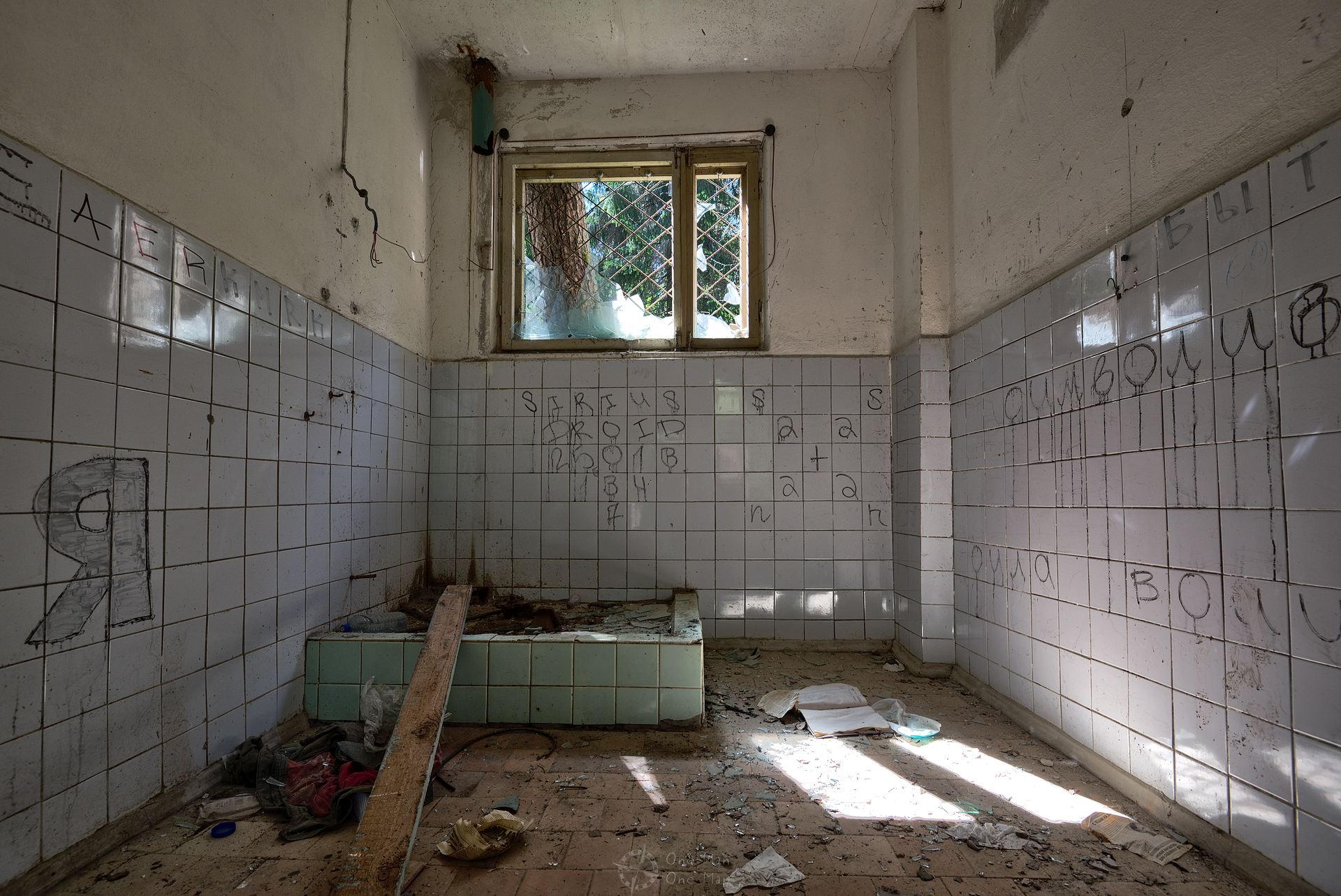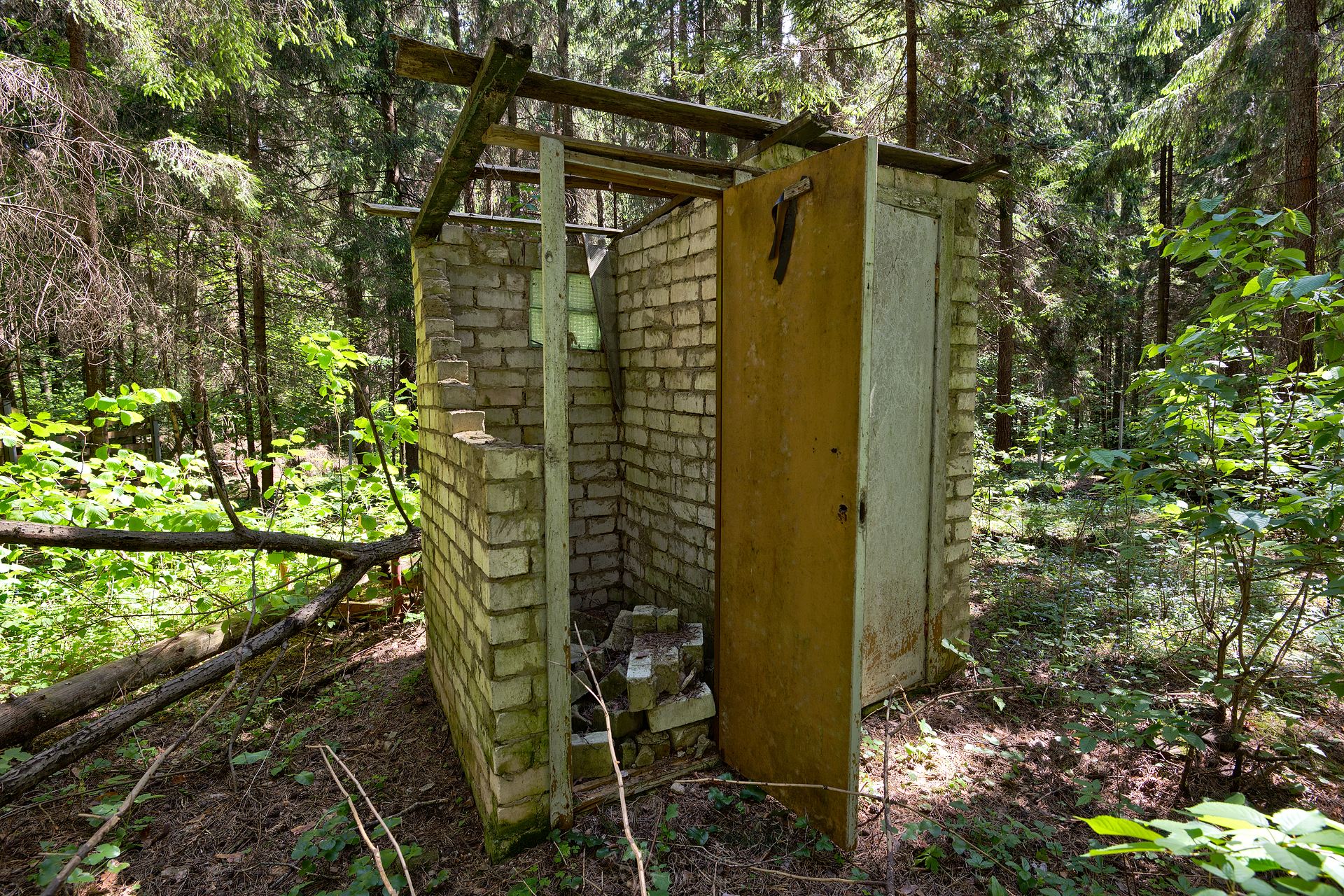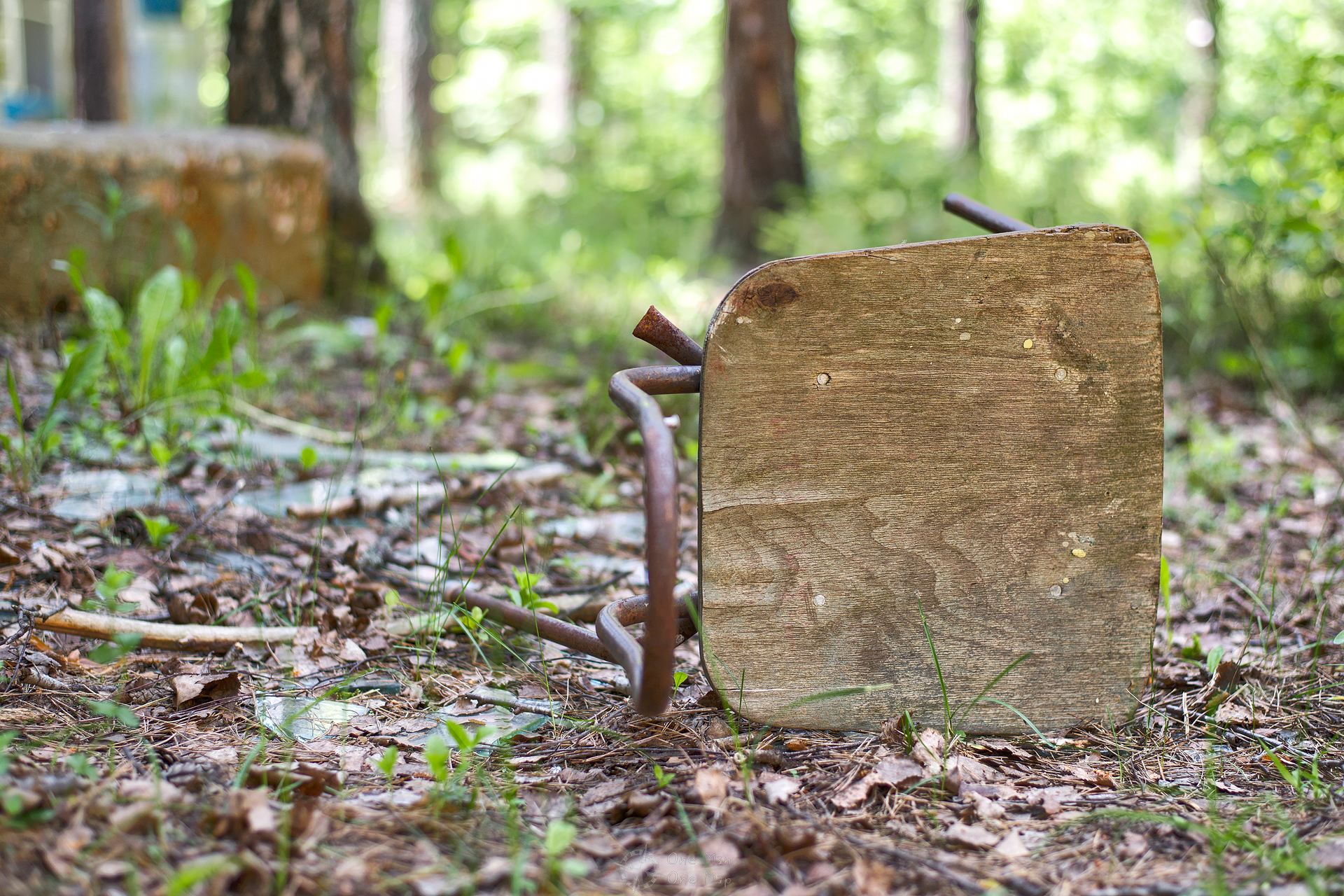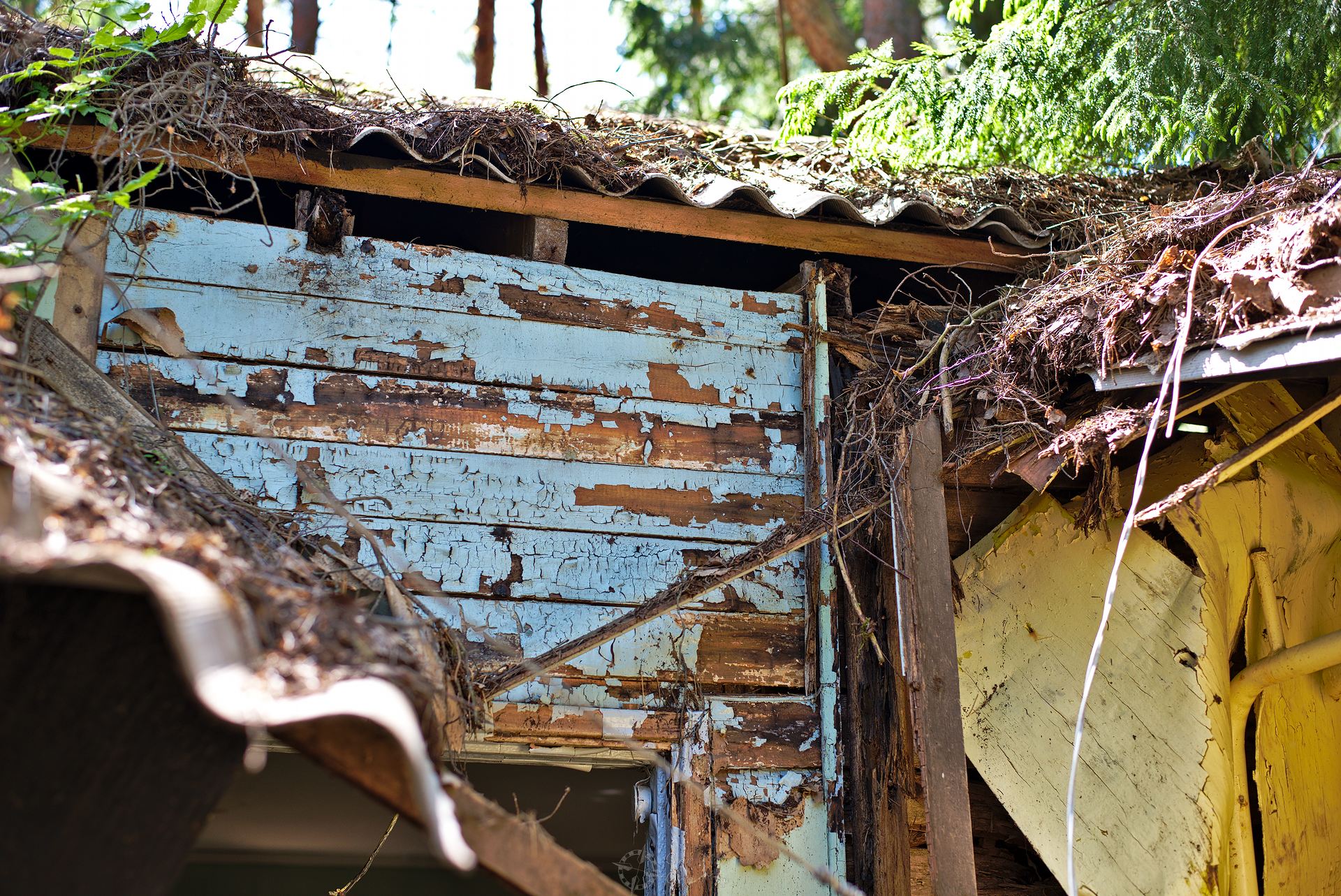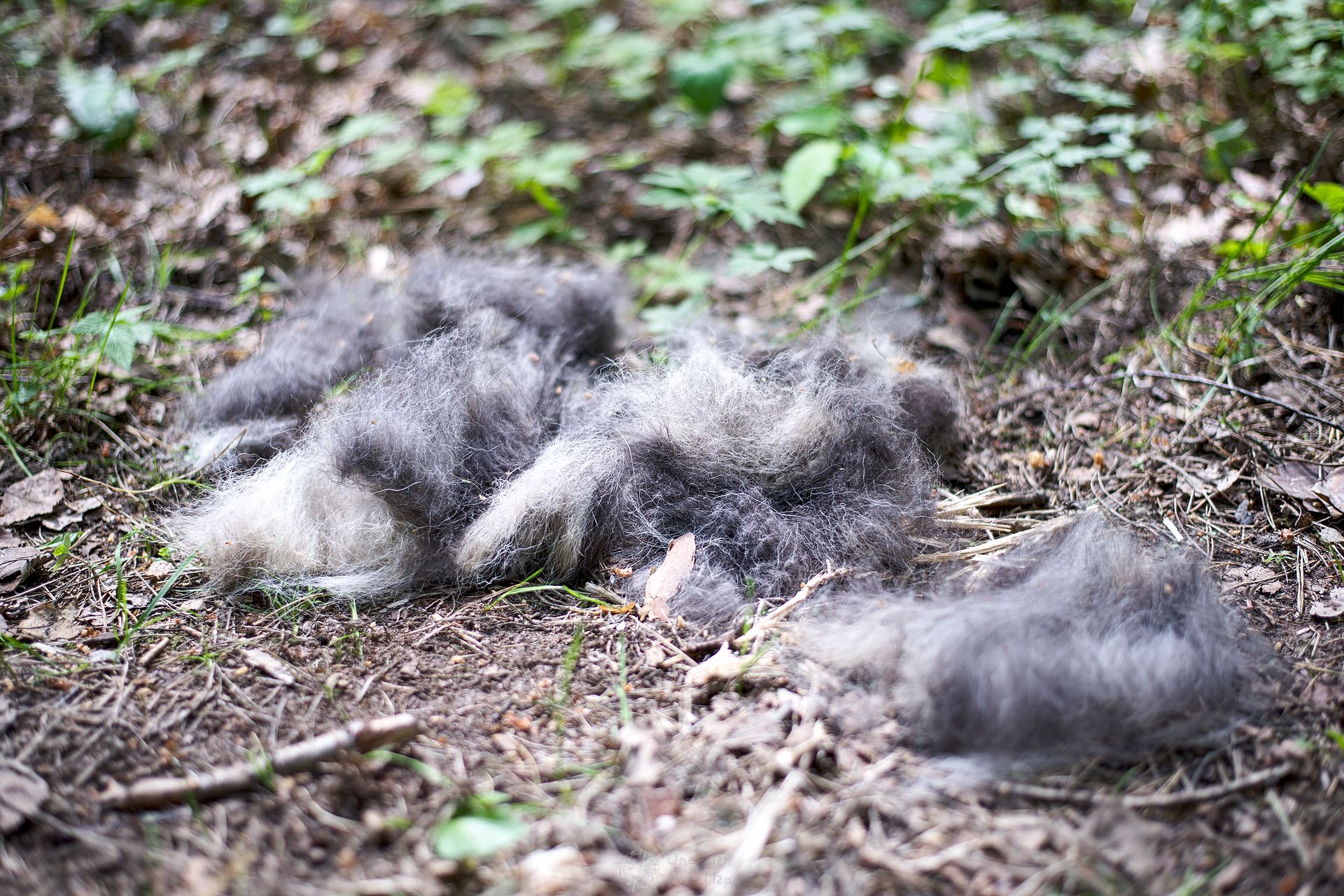Dieser Artikel ist auch auf Deutsch verfügbar. Click here to find out more about Belarus!
I was standing in front of a big gate, walls and fences continued to the left and right of it. “Pioneer Camp Druzhnyj” (дол Дружный) was written somewhere further back on a sign in (Bela-)Russian. The gate was locked, the lock suspiciously new. I had already tried it at other places around the site and was just thinking about how I could still get to the other side of the fence. Suddenly a dog appeared, barked at me from a distance, and somehow I didn’t want to go to the other side anymore.
While I was starting to accept the fact that I had driven into a forest somewhere near Minsk for nothing, a security guard appeared. Cautiously we exchanged a few chunks of Russian. No, I couldn’t take pictures here. But only part of the land would have been sold and fenced in. The back half was still open, I’d just gone the wrong way. Twenty seconds of handwaving over a map later I thanked him very much, left a sandwich for the dog and got back into the rental car. Shortly after I parked in front of the ruins of the former pioneer camp.
It was only at that moment that I noticed that the guard and I had involuntarily carried the spirit of the builders until 2018. “Druzhnyj” means “friendly”.
As already described in the post about the Zaslonov Children’s Railway in Minsk, all citizens of the Soviet Union were to be familiarized with the communist ideology from an early age. Reliability, sense of duty and leadership skills were to be consciously promoted.
The youth organization Komsomol (Комсомол) and its affiliated pioneer organizations also served as cadre forges for the party, industry and the education sector. Those who were not at least “followers” had a bad chance of achieving a higher position in the industry or scroing a place at an university later.
To ensure that the party had access to young people outside school hours, recreational activities were organised as far as possible. The party leaders feared that there would be too much influence from competing organisations such as the churches otherwise. The first pioneer camps were set up in the 1920s.
At first the pioneer camps were modeled after Western Boy Scout tent camps, but later they were turned into facilities with more permanent houses and bungalows. The children and young people were often granted extensive rights to a say in these “pioneer republics”. In the GDR alone there were 48 central pioneer camps, many of which are still used as recreational or vocational training centres today.
The largest pioneer camp in all of the Soviet Union, the All-Unions Pioneer Camp Artek (Артек) on the Crimean peninsula, consisted of over 150 buildings with three medical stations, a school, a film studio (!), three swimming pools, a stadium with 7,000 seats (!) and many other facilities. At peak times, up to 27,000 children a year spent time at Artek.
The Ukraine was able to afford to continue operations until 2009. After the annexation of Crimea, Russia put the camp back into operation and is currently expanding its capacity to up to 50,000 children per year.
The ruins of the pioneer camp Druzhnyj in front of me had still been in operation until about the year 2004. At least there are reports of former guests from around that time. Most of the buildings were made of wood, the few brick buildings were still in good shape. The former football field, the cinema, the heating plant, the communal baths and the amphitheatre were on the fenced and guarded part of the site.
Two of my work colleagues originally come from Bulgaria. When I approached them about the pioneer camps and showed them these pictures, they recognized many things. The two agreed that the Bulgarian camps were usually not as beautiful as the former pioneer camp Druzhnyj They spoke more of tents than of buildings in the camps they had spent their summers in themselves.
My two colleagues had mainly positive memories of these pioneer camps. The organisation was quite militaristic, down to morning wake-up calls with a trumpet. But they also remembered a lot of pranks, “breakouts” from the site, and evenings in front of the TV in a big community hall 🙂
All residential units had previously been connected to the electricity grid. Metal thieves had probably stolen the remains long ago.
The decline had progressed quite far already. Some remnants found on the ground indicated that there had been some wild battles with air rifles.
The bedrooms generally seemed to have only been occupied by few beds. There were often additional living rooms. I assume that this part of the site had housed the caretakers and administrative staff. My two colleagues from Bulgaria confirmed this assumption.
This pioneer camp had been a very colorful place, that much can be said for sure. Red, blue, green, yellow and white – probably the five most frequently used colors for wood coatings in the entire former Soviet Union. Over the decades some of the doors had apparently been painted over several times.
Nature slowly regained its place. In a few years the whole area will probably have been overgrown by young conifers and hedges.
Some buildings had already collapsed completely or had been severely affected by falling trees.
Dinner had been served in two canteens, each with its own kitchen: a beige brick block for the children, and a more beautiful wooden building on the edge. According to reports by former guests, the wooden building had already been shut down and barricaded in 2002, several years before the entire site was closed.
The architects had tried a little bit harder than usual and designed a triangular building with glass fronts on three sides with glass fronts. Surely a very nice environment for a breakfast or dinner back then, today however one should be careful when entering.
On the back side the kitchen and other rooms for the preparation of the meals were connected. Equipment and machines had long ago been removed, leaving only the bare, dilapidated wooden walls, wooden ceilings and tiles behind.
Located in a corner at the very edge of the site: Two toilets. There didn’t seem to be a sewerage system. At least I had only seen a septic tank under another toilet house.
As always I disappeared as quietly as I had come, leaving nothing but footprints. Another creature had left more traces here – I wonder which animal it was? 😯
Next time the road trip continues further in the direction of Brest, to to former Stalin Line 🙂
More pictures of Lost Places can be found in the corresponding category.
This post was written by Simon for One Man, One Map. The original can be found here. All rights reserved.

